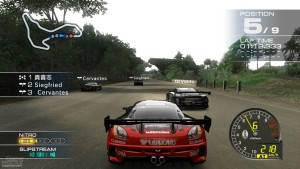This was the second article I wrote for Joystick101 in Spring 2004… Sadly enough, around that time, the site was pretty much dying on the vine. It tended to be down a lot. Since blogs and blog sites weren’t really too common yet, this was the only outlet for this content, so my participation in that forum pretty much died with the site. Again, when it was resurrected in 2007 it was relaunched with a WordPress backbone and the old content and community was reset.
Play Appraisal: Observations of a Developer
By Patrick Lipo
March 2004
Hail to the Prince:
When I heard about the development of the most recent sequel to Prince of Persia (PoP: The Sands of Time), I along with many others indulged in skepticism. I loved the original and really enjoyed the second one, and look back at them as the absolute best in action-exploration. I do recognize some of this feeling as nostalgia, however, since they were also excellent examples of gameplay that was common 15 years ago… a 2D world filled with death-defying jumps and quick, easy deaths. Having tried the third title in the series, PoP 3D, it was easy to think of that game’s limitations as evidence that the series could not be updated to a modern 3D presentation without losing its spirit. That third title unfortunately had a very difficult time with establishing a working control scheme and camera, but in addition it focused on giving the player more choices and weapons for fighting (as a gamer might expect in one of today’s games), rather than considering PoP’s pedigree as a game of exploration.
When considering the difficulties that PoP 3D had, I cannot help but appreciate the core elements of the original’s design, and how bringing them to today’s game-playing audience would be quite difficult. For those that have not played the original Prince of Persia, it was a side-view exploration game, where your character progressed through various screens and overcame a variety of death traps in order to continue. It was a fairly brutal game, with sparse checkpoints and unforgiving traps that had to be overcome, including long falls, spring-loaded spikes, slashing blades, collapsing floors, and other instruments of serious peril. While the player did have a health bar to absorb damage from short falls and the occasional swordfight, running afoul of a trap generally meant instant, gory death.
Rube Goldberg:
While it is easy to categorize the Prince of Persia games as exploration mixed with sword-fighting and jumping challenges, after a period of time playing, you find an unexpected game buried within. For example, while some platformers rely on split-second timing and twitch abilities to accomplish their most advanced moves, each of the Prince’s leaps, crawls and dashes are fairly easy to accomplish. In fact, the famous wall-run created for PoP: Sands of Time is so forgiving that it almost feels as though the hero is guided along a track. It and most other of PoP’s moves (most notably in Sands of Time) are actually difficult to do incorrectly assuming you chose the correct time to use that move. Some hardcore gamers bash Sands of Time for that reason, stating that the game strays too close to playing itself rather than providing the player with sufficient challenge. To dismiss the game for that purpose is to miss an important aspect: Once the player has a general understanding of the moves and the obstacles that each move is capable of overcoming, the game becomes as much of a relationship with the classic game The Incredible Machine as Super Mario 64.
In The Incredible Machine, the player is given a set of pieces that each exhibit a certain behavior and accomplish a task by applying them to the level’s game board. In Prince of Persia, the player is trained to use a library of moves that can be used as tools to bypass obstacles, after which he is challenged to accomplish a task (typically reaching the exit) by applying them to the presented environment. In addition, the presentation of Prince of Persia has two other elements that are required to allow the player to approach an area as an intellectual challenge rather than a test of reflexes. The first element is that the player has a clear set of predictable properties that he can draw from. This is his “toolkit,” as it were, that he can draw upon to complete a given level (while Sands of Time was admirably seamless, each area was definitely presented as a stage or level to overcome). The Incredible Machine had easy-to-understand physical devices such as treadmills and rolling balls, whereas PoP draws from a set of very predictable moves. The “forgiving” nature of the wall-run that puts off the hardcore player suddenly becomes an asset because the player can look at a wall and immediately know whether he can clear that space with the move. The challenge, then, was not in executing the wall-run flawlessly, but rather figuring out when to use it.
The second element that makes Prince of Persia playable as a puzzle game is its ability to present the player with a clear view of the level for planning purposes. The original 2D versions could easily present “the game board” in this respect, as the viewpoint revealed all elements to the player. Nothing was hidden completely… even the collapsing floors in the original PoP could easily be revealed with a quick jump in-place. This gives the player the ability to plan and mentally execute the solution before committing his hero to it. In taking this formula to 3D, Sands of Time provided very grand, open-aired spaces for the hero to navigate. This had a fabulous impact in presentation, giving the feeling of very large spaces, and locations so high that a real sense of vertigo can be experienced. In addition however, it also provided a clear view of the elements that would be navigated, going so far as to provide a specially-placed camera that the player could always switch to in order to see the challenges ahead of him. Since the player was able to plot his route, if he were to die, it was always clear that it was due to some flaw in deduction rather than an arbitrary timing mistake or unfair “gotcha”.
A Ticking Clock:
Binding this puzzle-oriented gameplay together in the original Prince of Persia was an unusual method of limiting the player’s deaths. Instead of a set number of lives, the player is given exactly one hour to complete the entire game. Being killed simply meant some time lost from retracing one’s steps from the last checkpoint. This gives the game some urgency but also presents a tangible but relatively small penalty for taking risks. This penalty, however, grows naturally as the player progresses towards the end, since the amount of remaining time is constantly dwindling. The player will of course run out the clock many times over before he can even come close to the end of the game, but with each attempt he will improve his speed, and reap a quantifiable reward from increased prowess (additional seconds on the clock when starting each level). And naturally, as less time is spent in the early levels, the comfort zone where the player feels at ease with experimentation migrates into later areas of the game.
In addition, time in the game becomes a resource that the player wields with complete control. The player comes to understand that each time he fails the overall mission (runs out of time) it was due to his own actions and his general performance while playing the game. Conversely, as he improves, he saves time and gains security. Of course, once the game has been completed (within the allotted hour), the next challenge for the player is to complete the game in as short a period as possible. Since the hero starts out with very few health points and can only gain more by finding hidden potions, the best way to do get a low time score is to ignore the health-increasing potions and attempt to complete the game without the benefit of the extra health. The increased health mainly serves to give the player an advantage while swordfighting, so by leaving his health low, he must also put his faith in his fighting capabilities as well.
These aspects of Prince of Persia provide an intriguing meta-challenge to the player’s experience. Not only does he compete with the traps within the game, but he must look at a game session as a whole and determine how each early decision will affect the clock situation later on. He must also make decisions as to how much assistance he needs to complete the game without dying, rather than to take every gift offered him. The high-level “game” that continues in the player’s mind through multiple sessions of play is a puzzle all its own.
Let’s Do The Time Warp Again:
The choice to put a ticking clock in the original PoP added an excellent high-level playing experience, but when thinking about how it would be updated for the modern console audience, one must consider how it was built on an old-school approach to game challenges. The hero is quite vulnerable, and the player must endure multiple abrupt deaths as well as play through areas repeatedly after having to continue from a checkpoint. This sort of repetition and the inability to save games was familiar to gamers of the eighties and early nineties, but I am skeptical that this sort of approach would be accepted by the more casual gamers of today. However, to “fix” Prince of Persia by implementing infinite saves and higher character survivability could easily have destroyed the game completely. The very nature of death-defying jumps requires instilling fear and the risk of some sort of penalty. If there is no significant downside to poor performance, the player could become encouraged to blindly stumble through the challenges rather than to take a moment and plan his approach. Bringing in the timer from the original would have had its own raft of problems as well… The requirement of starting over from the beginning of the game repeatedly to make progress would probably have been seen as an extremely outdated mechanic and could have quickly driven away players. And to be fair (since I don’t consider modern players to be less worthy in any way), being stripped of one’s achievements again and again can truly feel frustratingly harsh.
In updating the series, The Sands of Time removed the meta-challenge of the time limit and relied on the more traditional approach of checkpoints and save games. This act brought the PoP series into a progression framework that fits modern players’ expectations, which was probably a wise choice. However, it still needed to address the issue of character mortality, which I would contend was necessary for the game to function as a puzzle game. With such deadly traps, the game could easily have become incredibly frustrating to play. Loading one’s savegame again and again would have been necessary to complete a difficult challenge (or to experiment with possible solutions to a level’s “puzzle”). The designers of Sands of Time, knowingly or unknowingly, were in a very difficult position. Either the game could retain its purity and risk being considered too hardcore, or it could have become too forgiving and transformed from a puzzle game to an action game. It is at this point that its predecessor, PoP 3D, most likely faltered.
The choice that was made for PoP: The Sands of Time to address this was an amazingly innovative one. In the final game, a limited resource of sand gives the player the power to rewind time at any moment, allowing him to retry any misstep. Essentially, it takes the player’s act of loading a savegame (which can be considered a “feature” that allows a player to retry any section of the game) and folds it into the game mechanics itself, going so far as to dedicate a controller button to that function. In most other games, when a player is forced to load a savegame repeatedly, the overall experience is diminished. In Sands of Time, the sand is a resource that is acquired through continuous adventuring, so the game becomes richer when players are forced to use it to retry a challenge. The interesting result of this strategy is that since the player is rarely forced to return to a save point, the game can present extremely difficult challenges while avoiding the seemingly inevitable frustration. Even more intriguing, the mechanic allows the player to almost continually experience new things and overcome new challenges, rather than retracing the same steps taken many times before. This choice may have taken a decidedly hardcore game type, an old-school platform-jumping title and restored its viability.
Crossing Swords:
While the Prince of Persia series has always had swordfighting, it would be foolish to think of fighting as the primary element (excluding PoP 3D, which focused a great deal on combat). In the original Prince of Persia, the guards blocking the hero’s way often acted as yet another puzzle piece… There were times when an opponent had to be dispatched in a certain way because he was located so he could kill the hero outright before he could draw his sword. However, in The Sands of Time, the fighting is more or less a pure interlude. This provides spikes in the game’s pacing but also simply sells it as a cinematic Arabian adventure. Luckily in SoT, the fights contained a few simple behaviors that provided a reasonably different experience than a typical brawling game.
The enemies in PoP: The Sands of Time are essentially undead, which means that they will always rise after each knockdown, until the player can reach a downed opponent and strike the killing blow with his dagger (which takes a short amount of time). The challenge of the combat then becomes buying time with repeated knockdowns, and trying to separate a specific enemy from the pack so that he can be dispatched without the player being interrupted by other enemies. The tactics then rely on the hero being very mobile, keeping away from the pack of enemies until he is able to dart in and strike at an individual. This mobility-centric behavior builds on the game’s technical strengths beautifully, since the game is very impressive when the hero is moving about, completing dodges, flips and rolls.
Conclusions:
- The traps in Prince of Persia each have moves that can overcome them easily, but the real challenge is to deduce the series of moves that it will take to accomplish an entire area, akin to a puzzle game.
- The overarching timer in the original Prince of Persia provided urgency, yet allowed the player to experiment heavily in the early game without significant penalty.
- Allowing the player to get an even higher score (e.g. a lower time) by avoiding powerups allowed the player to choose their own risk and confidence level.
- The time-rewind feature of Prince of Persia: The Sands of Time allows a very unforgiving set of traps to be viable in design.
- Time-rewind more importantly means that the player can always be working on something new, rather than retracing steps time and time again.
- The predictability and forgiving feel of the special moves serve a purpose of allowing the player to focus on deducing the moves rather than executing them.
- The combat in Prince of Persia is simple, but in Sands of Time, the simple addition of a killing move allowed the fighting to become more about motion and looking cool than a single fight.
Playing through Prince of Persia: The Sands of Time recently taught me a fair amount. By looking back at the decisions the designers made, and examining how an older style of challenge was brought into a modern game, it allowed me to look back and understand how I experienced the series as a whole. The result is a series of conclusions that I hope will enrich how I look at other games as well.
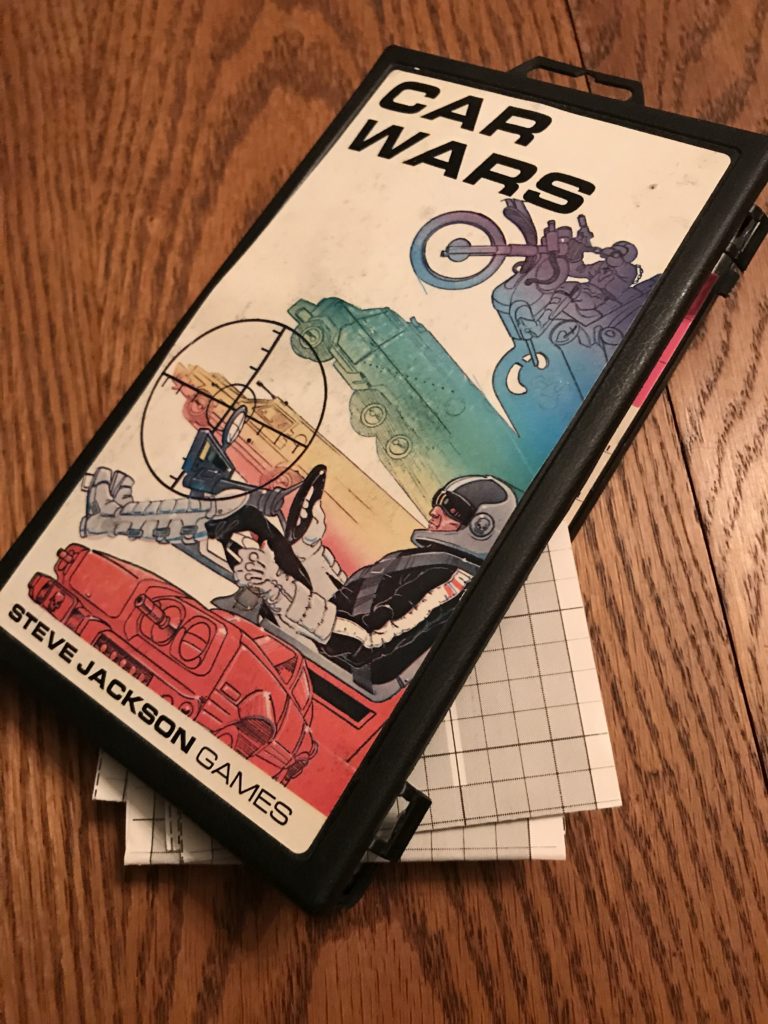
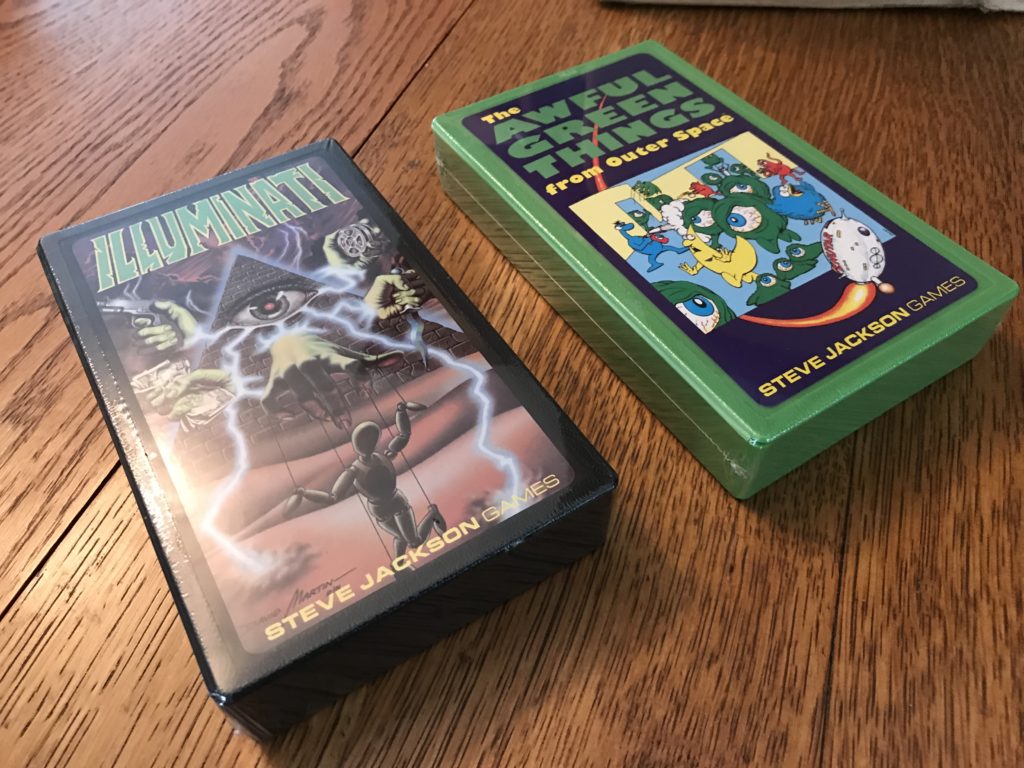
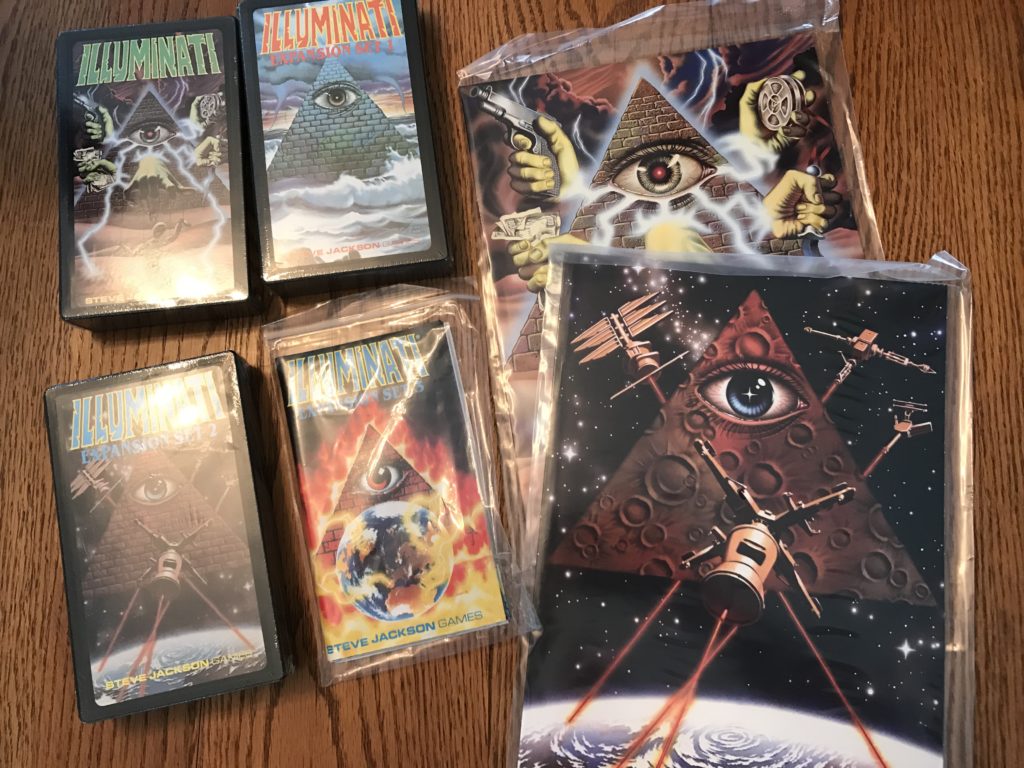
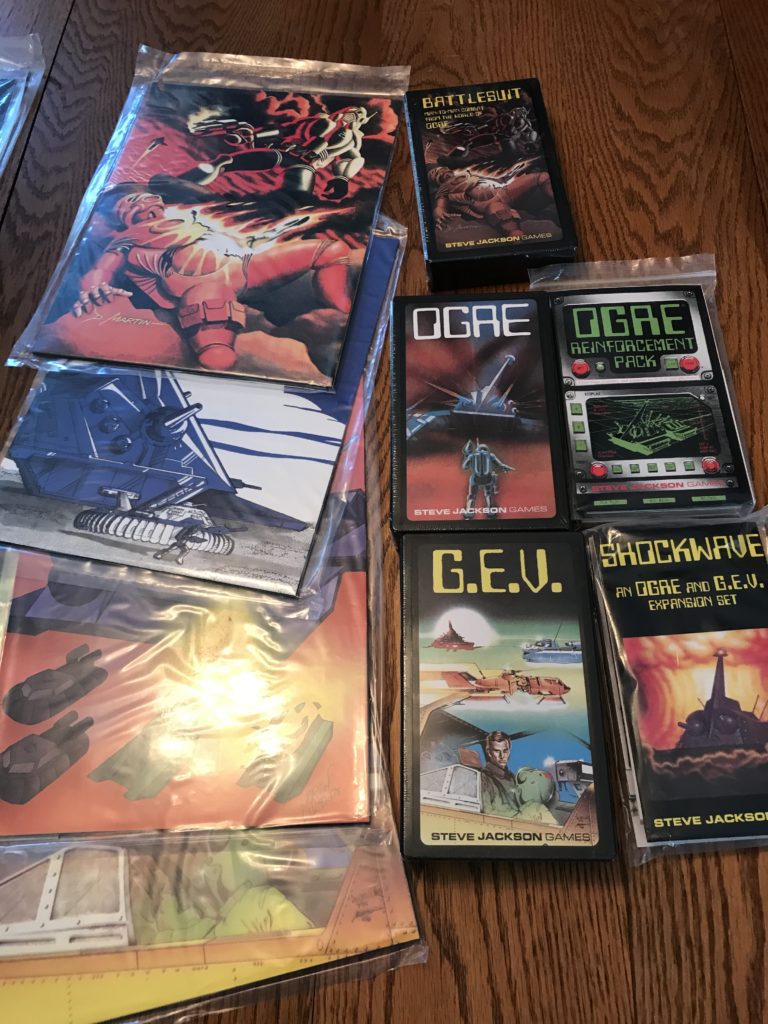
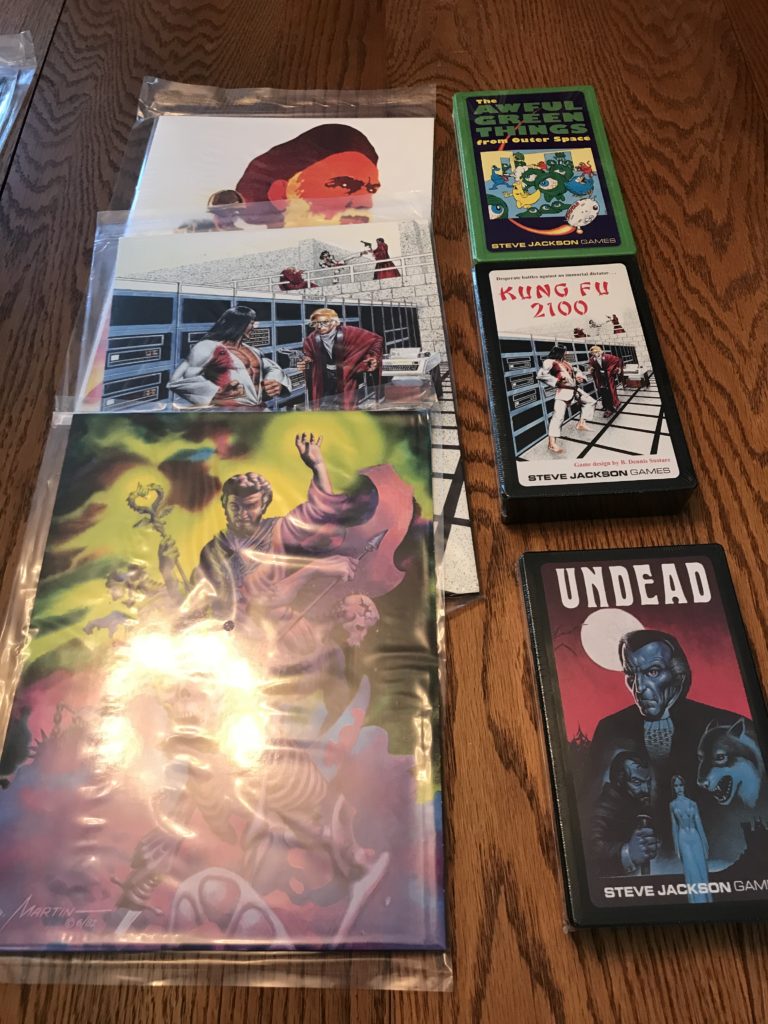
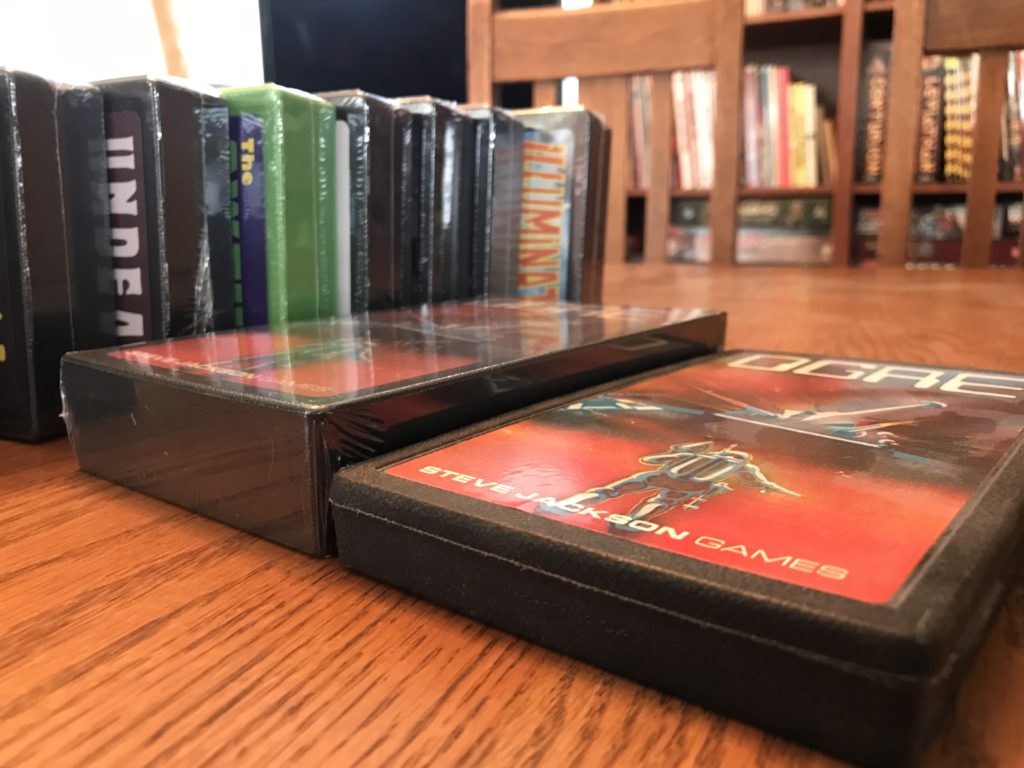
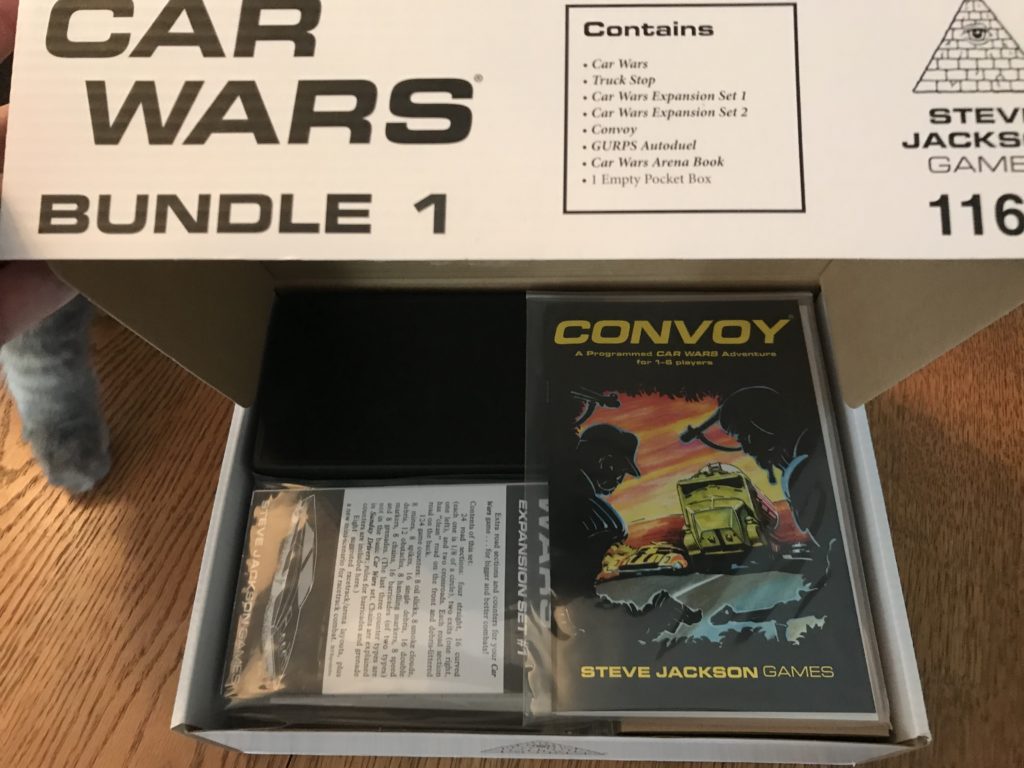
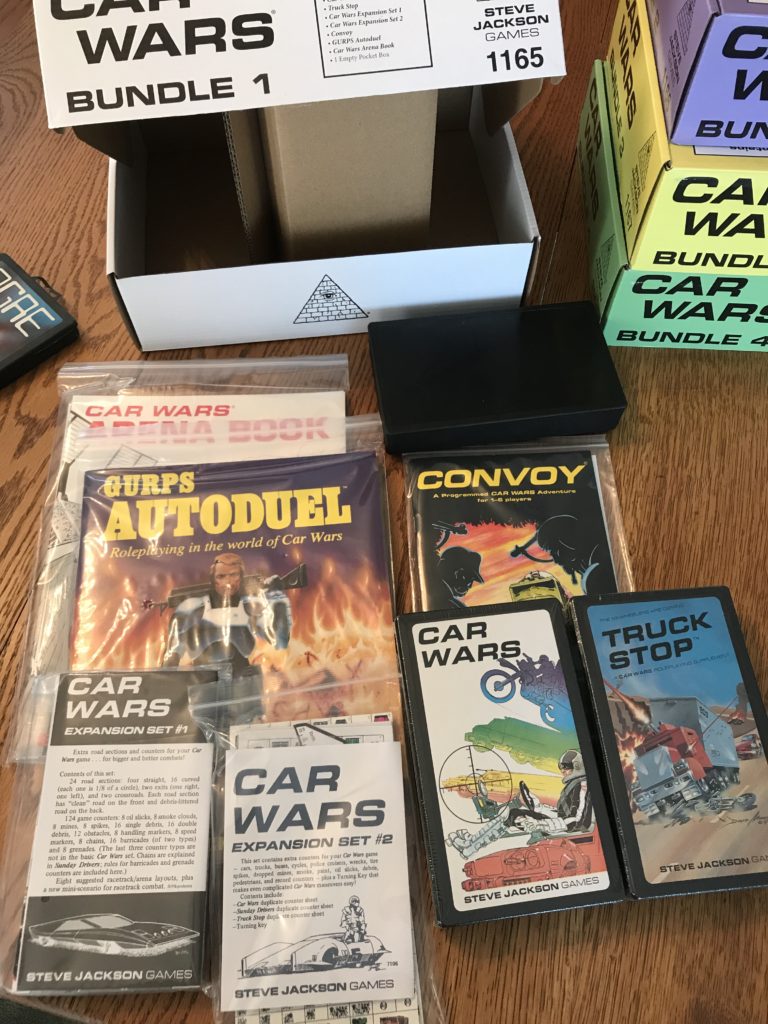
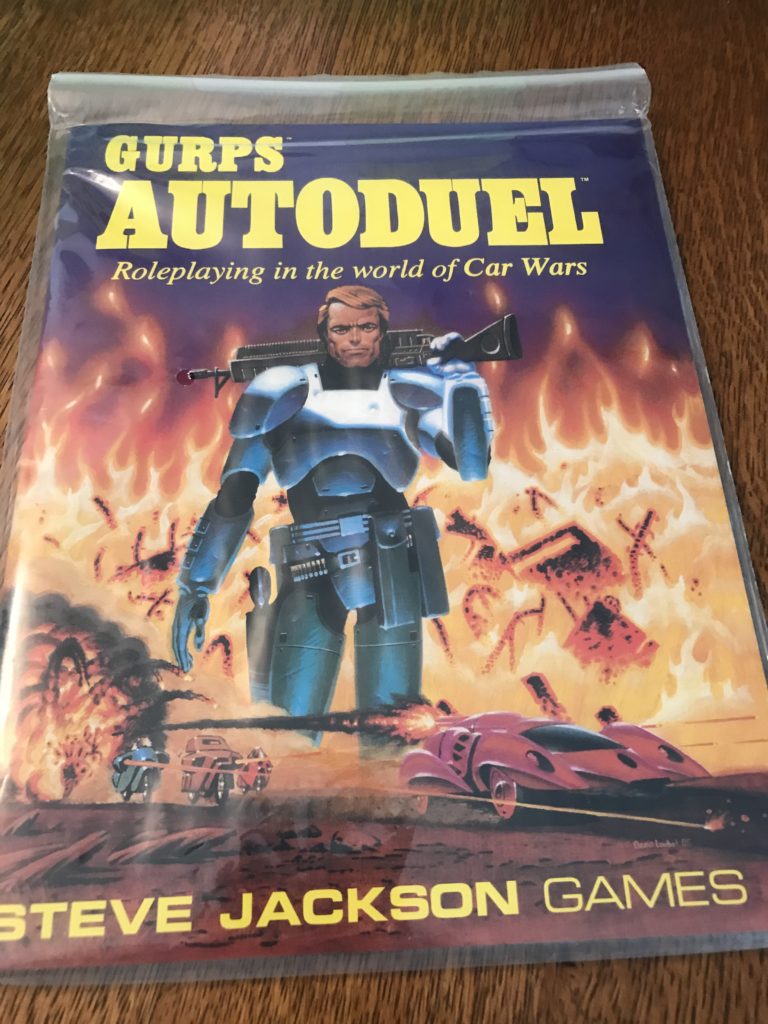
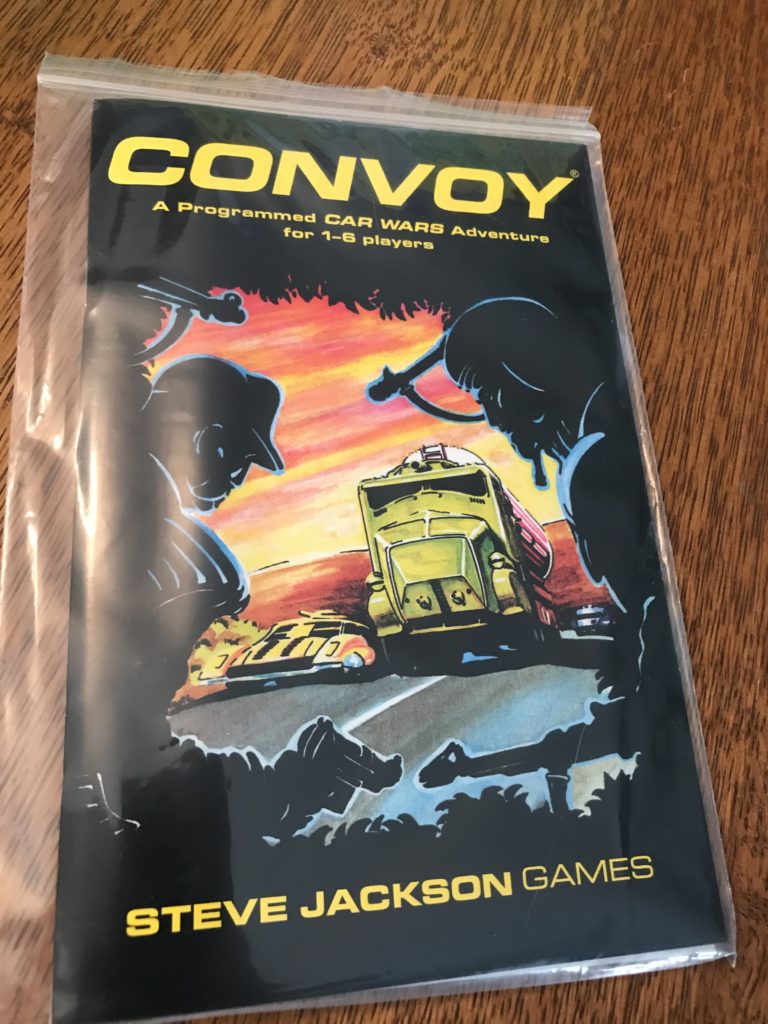

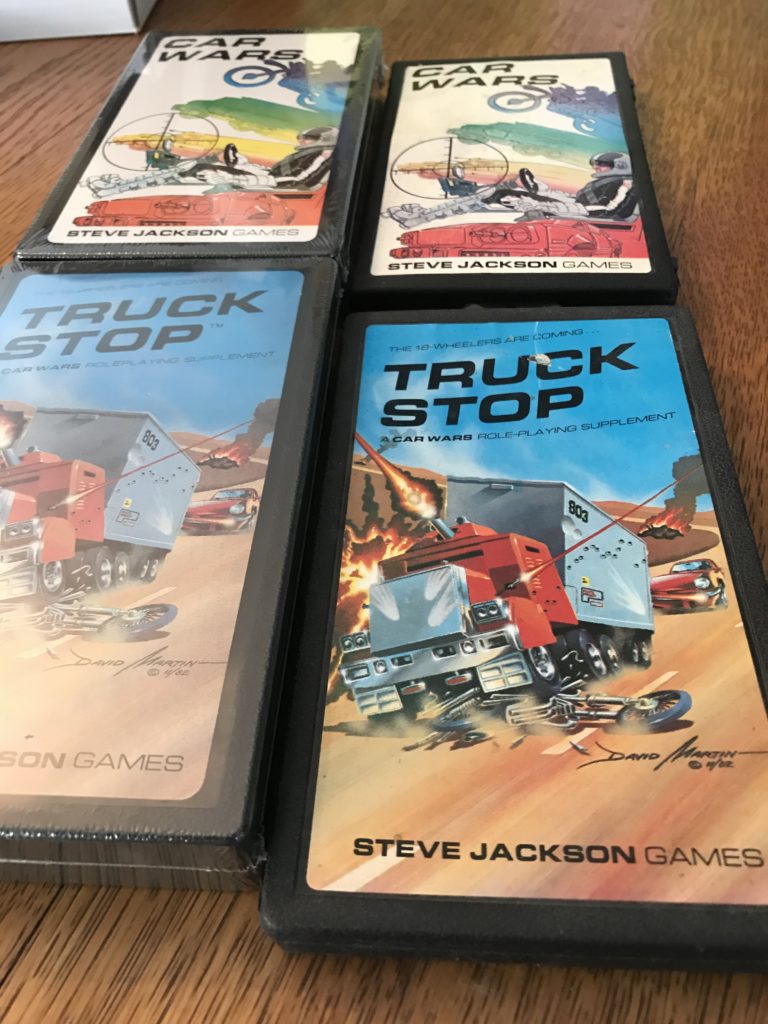
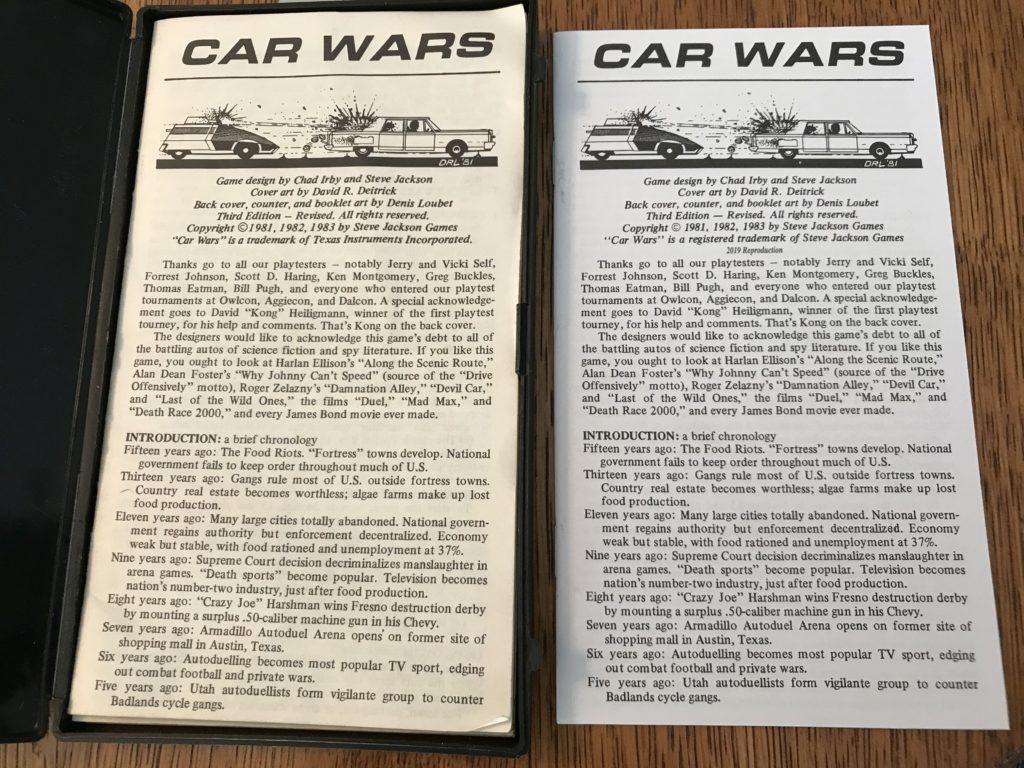
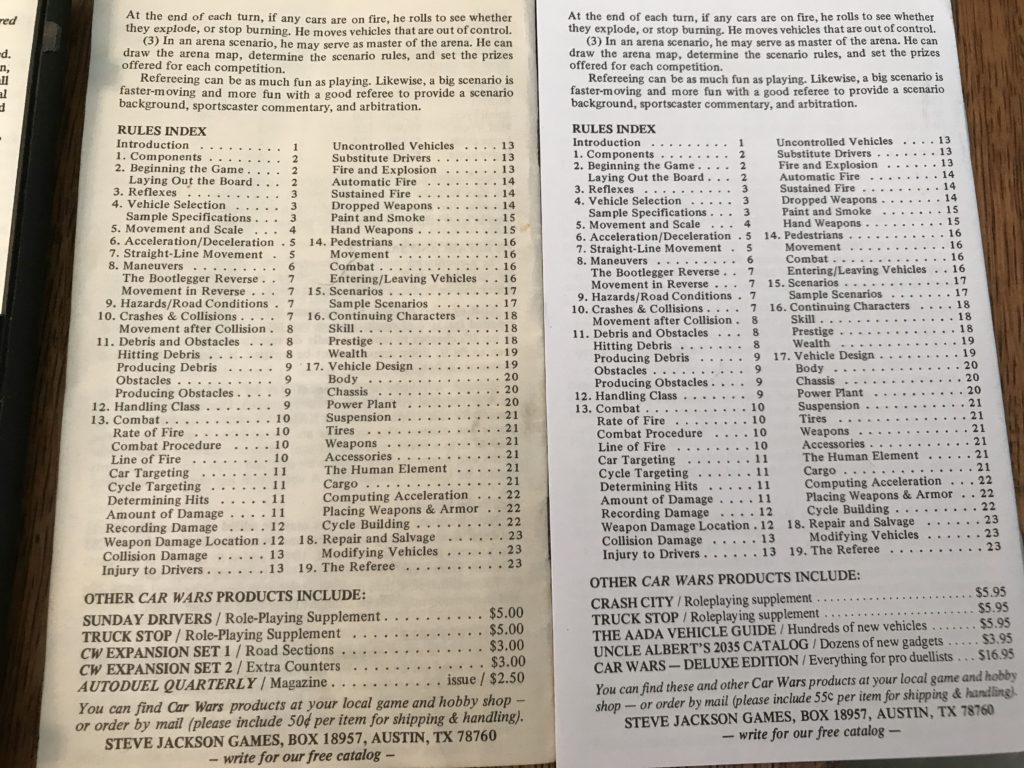
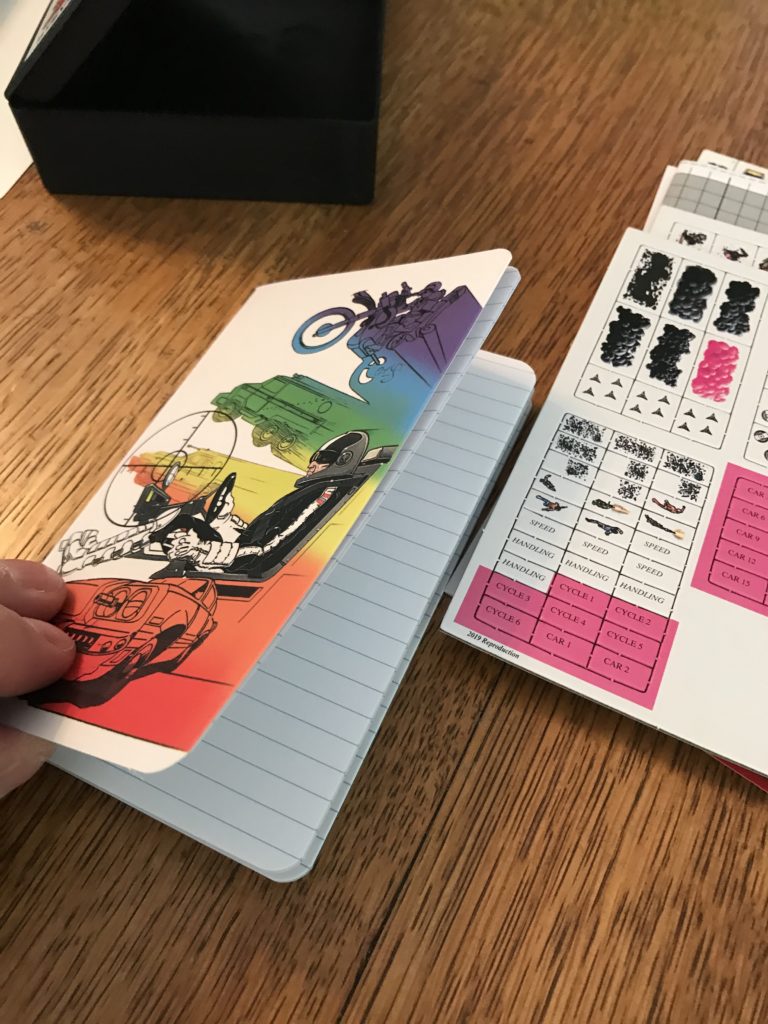
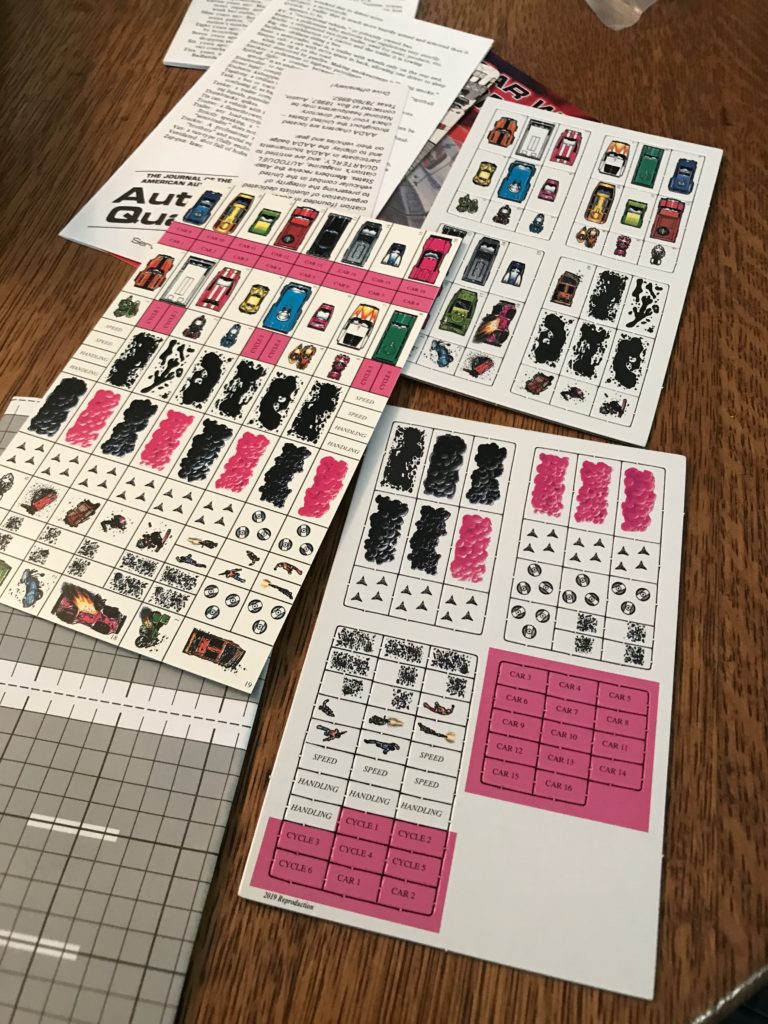
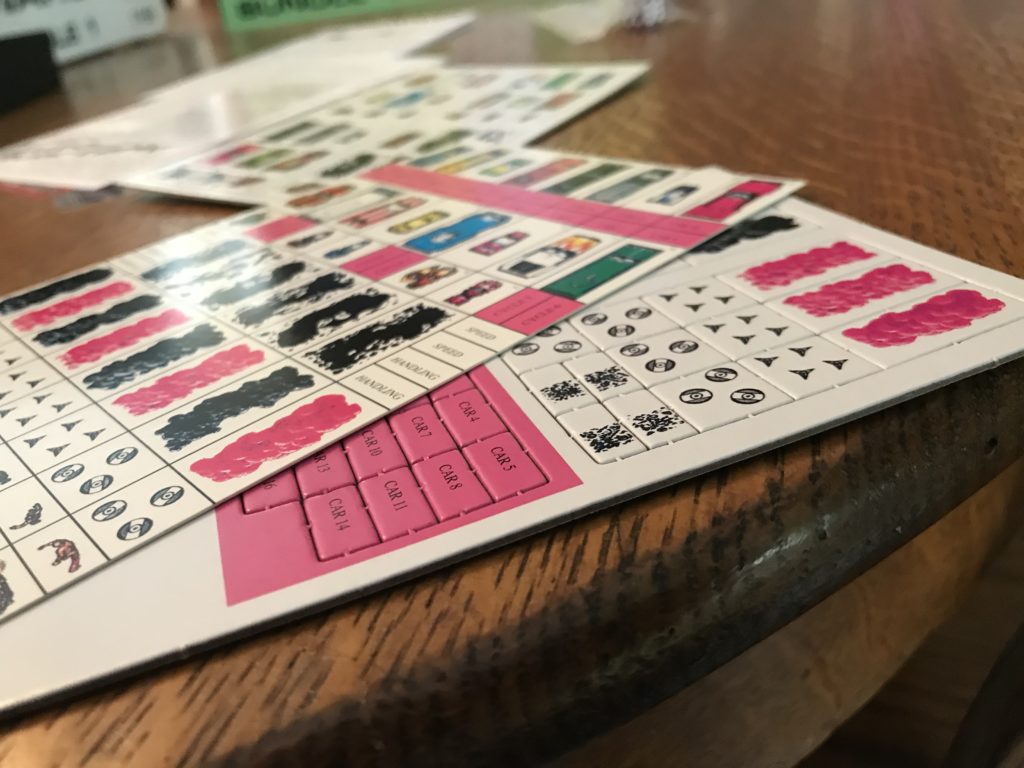
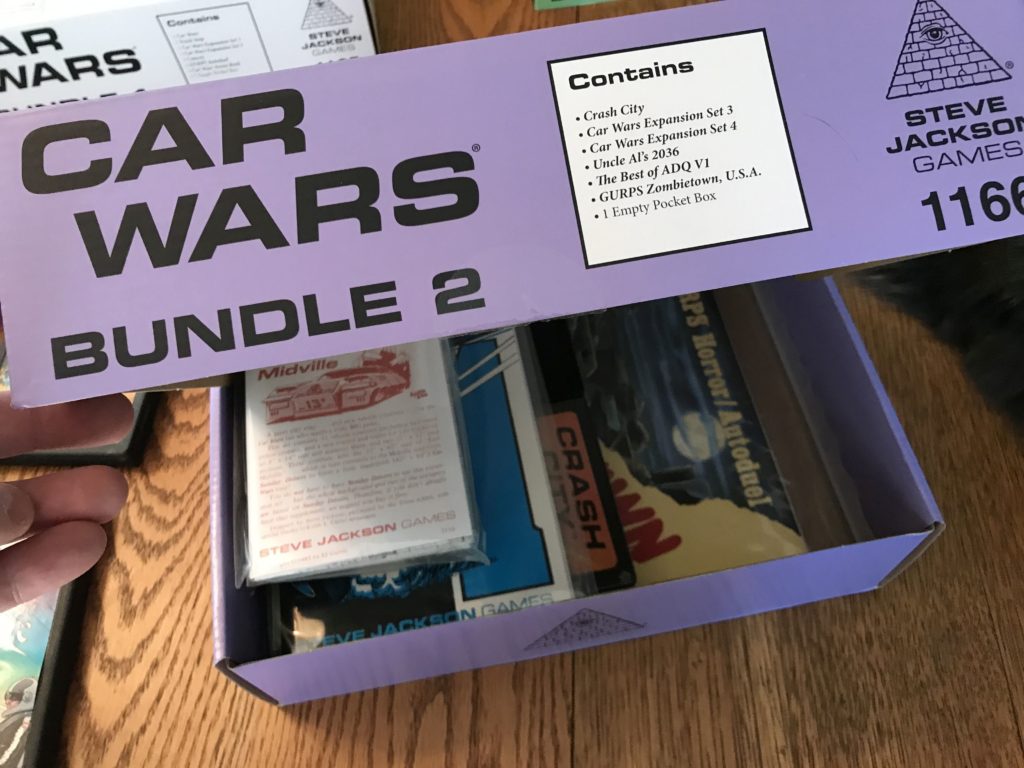
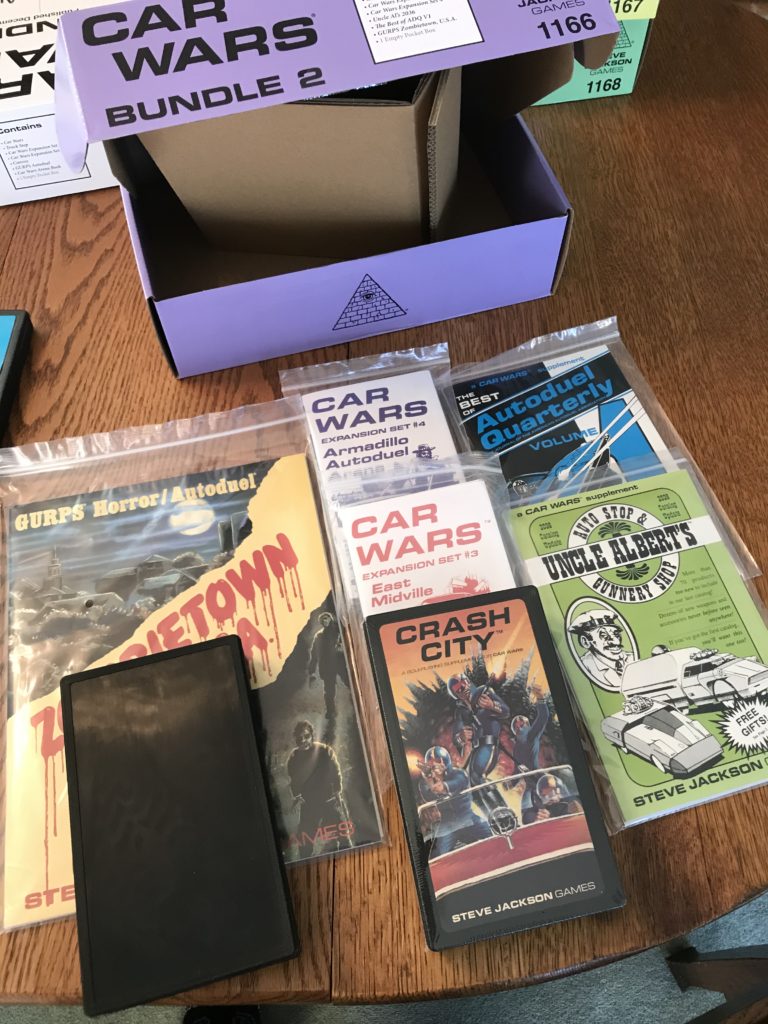
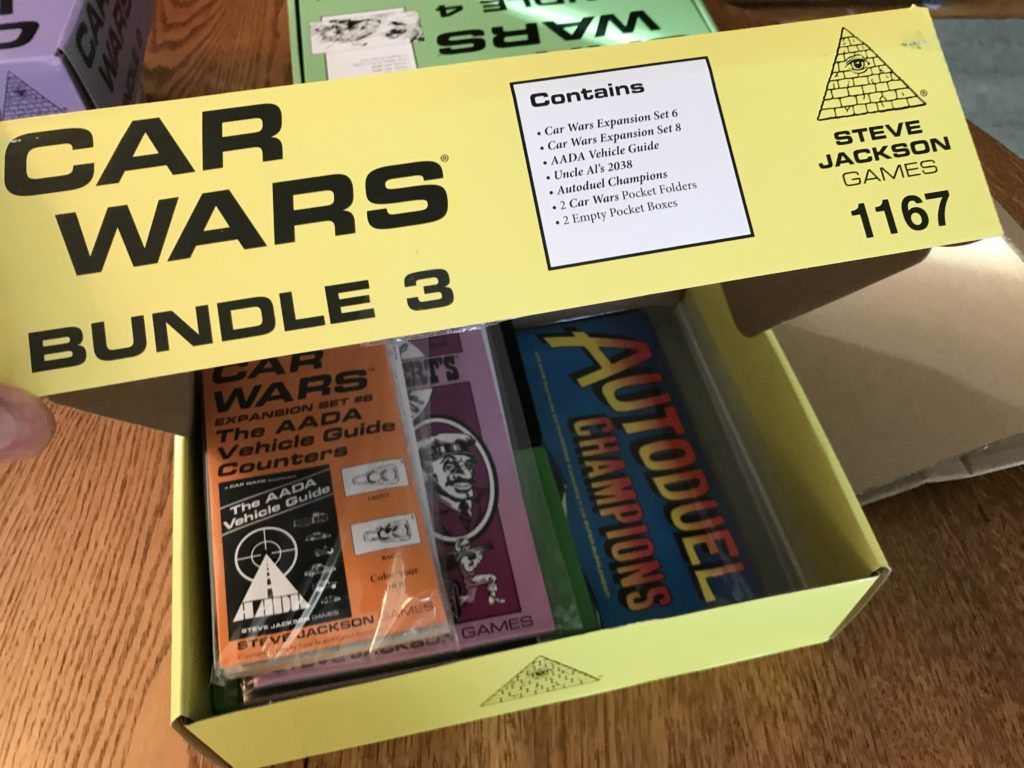
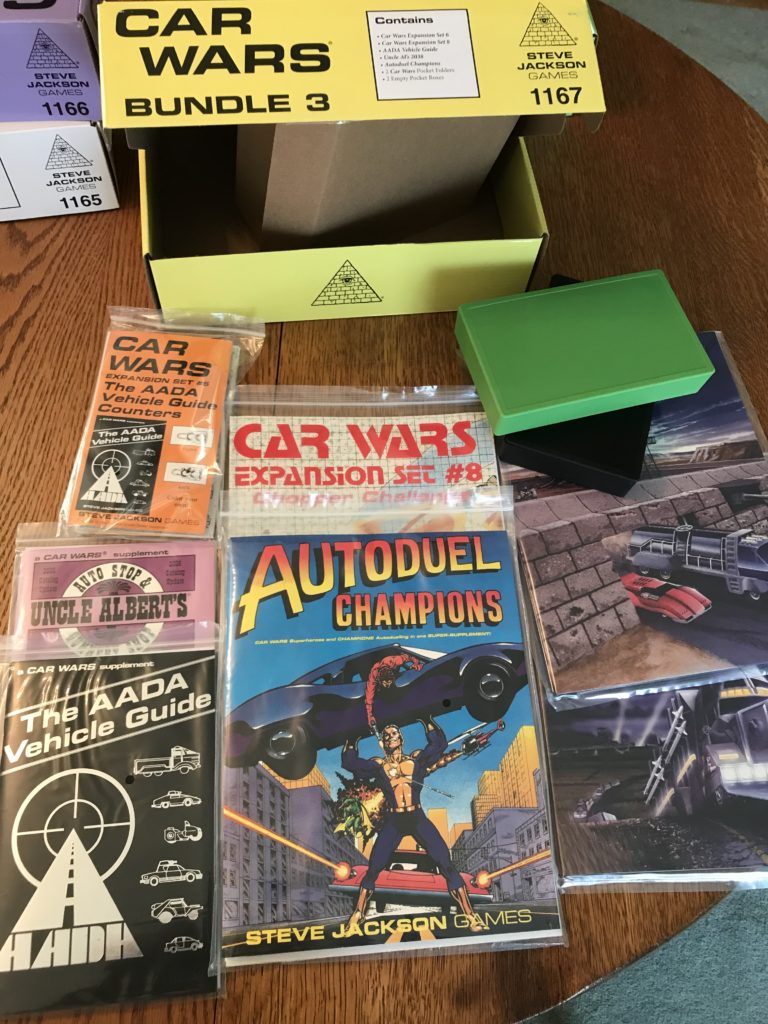
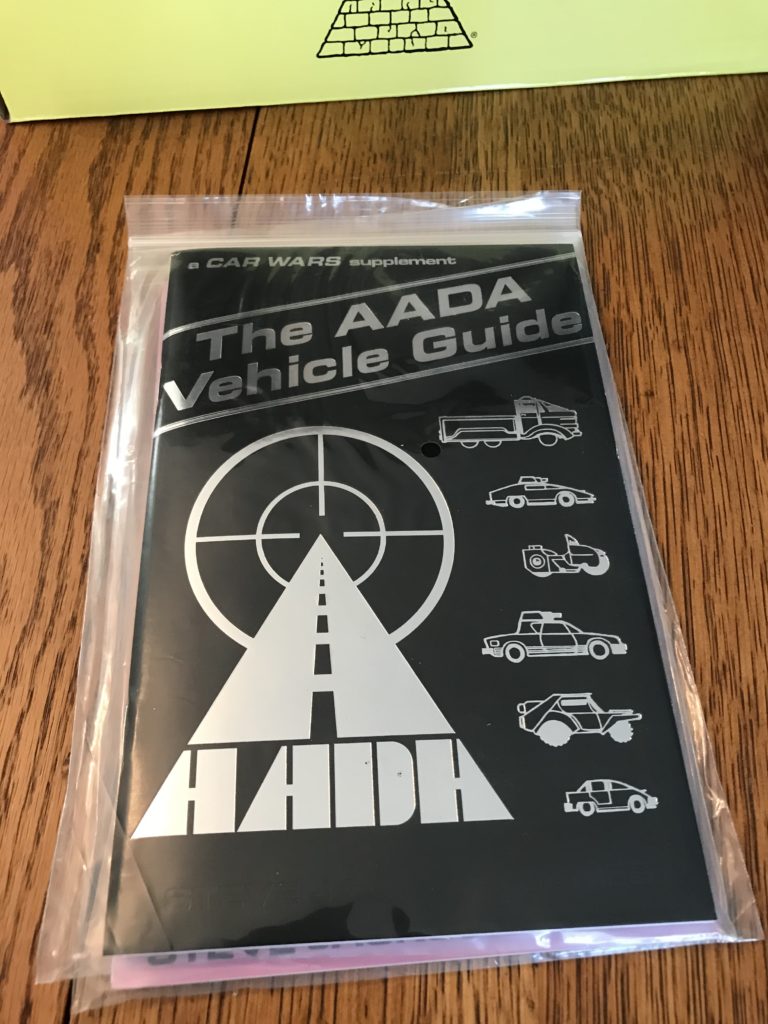
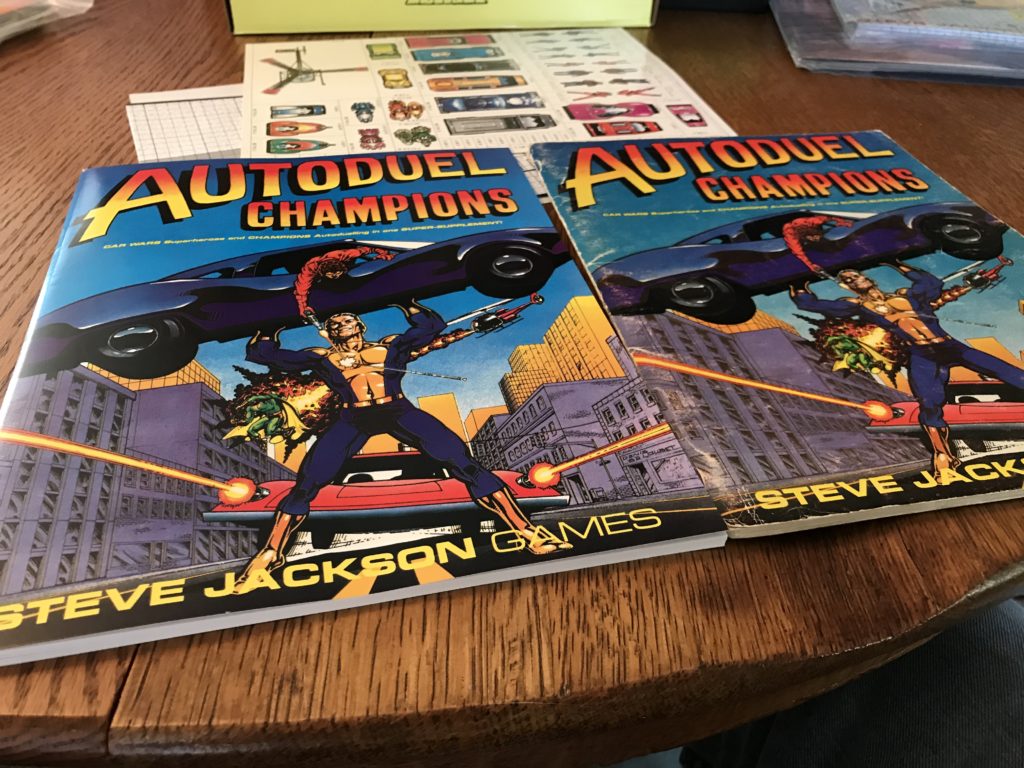
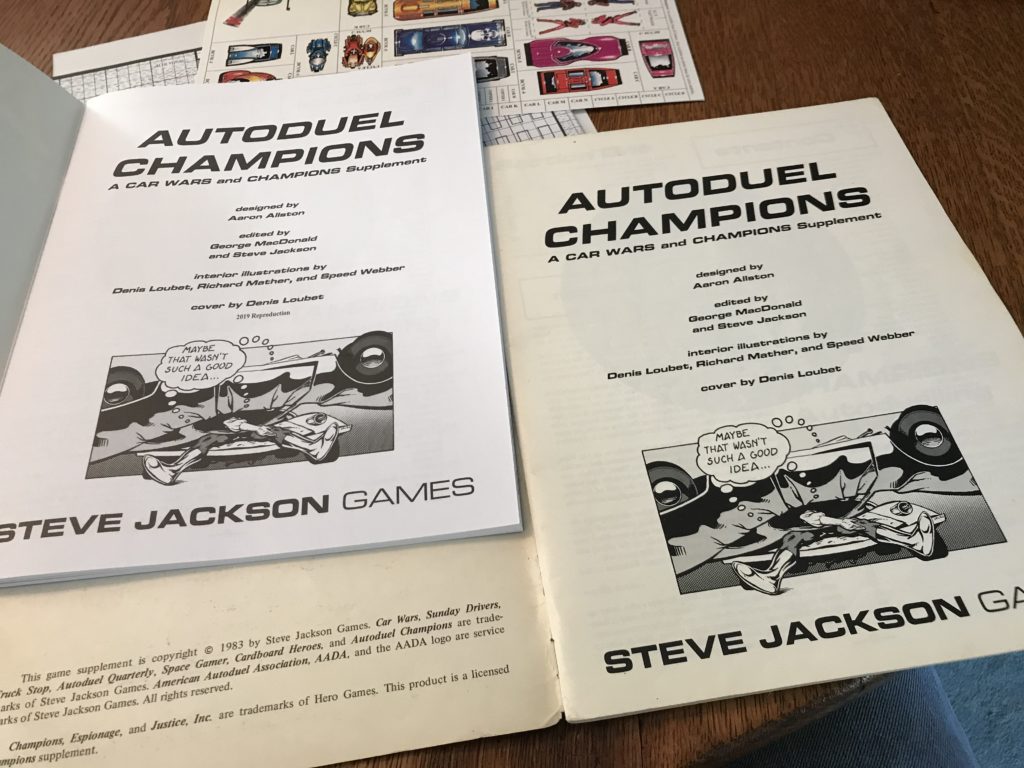
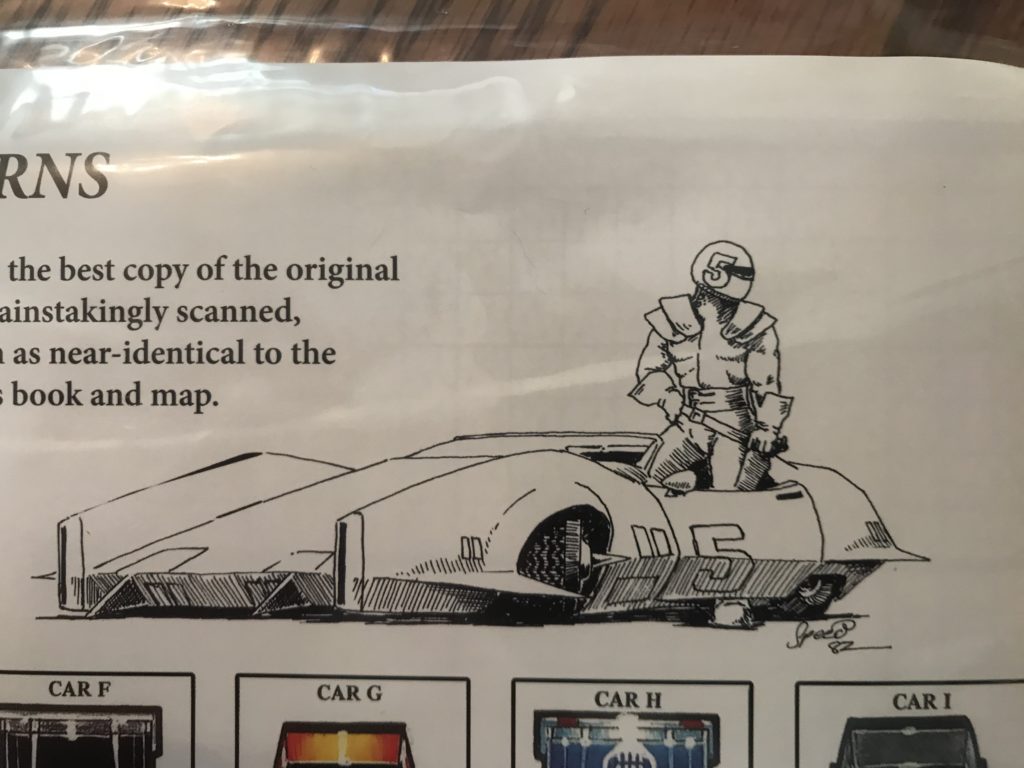
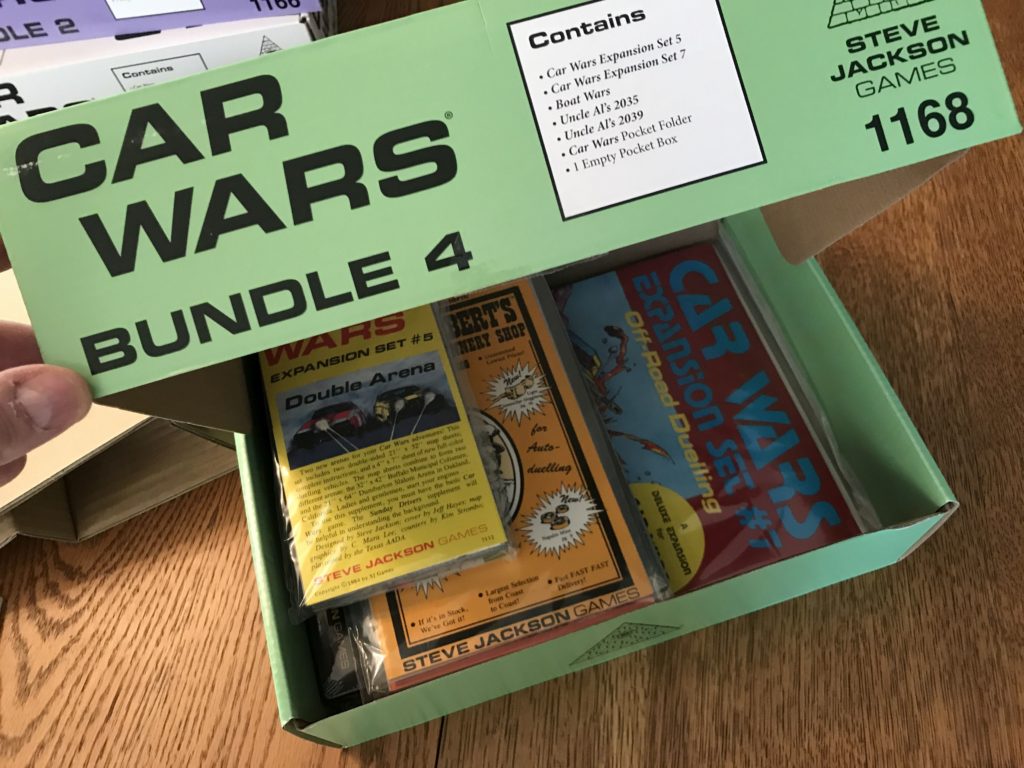
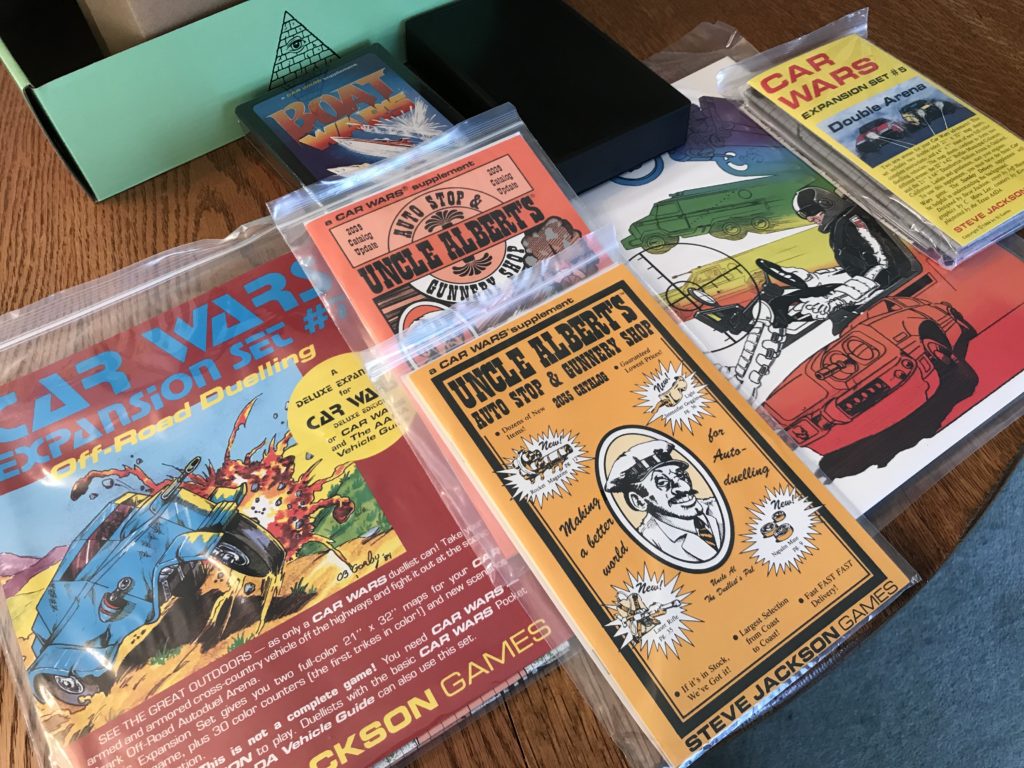
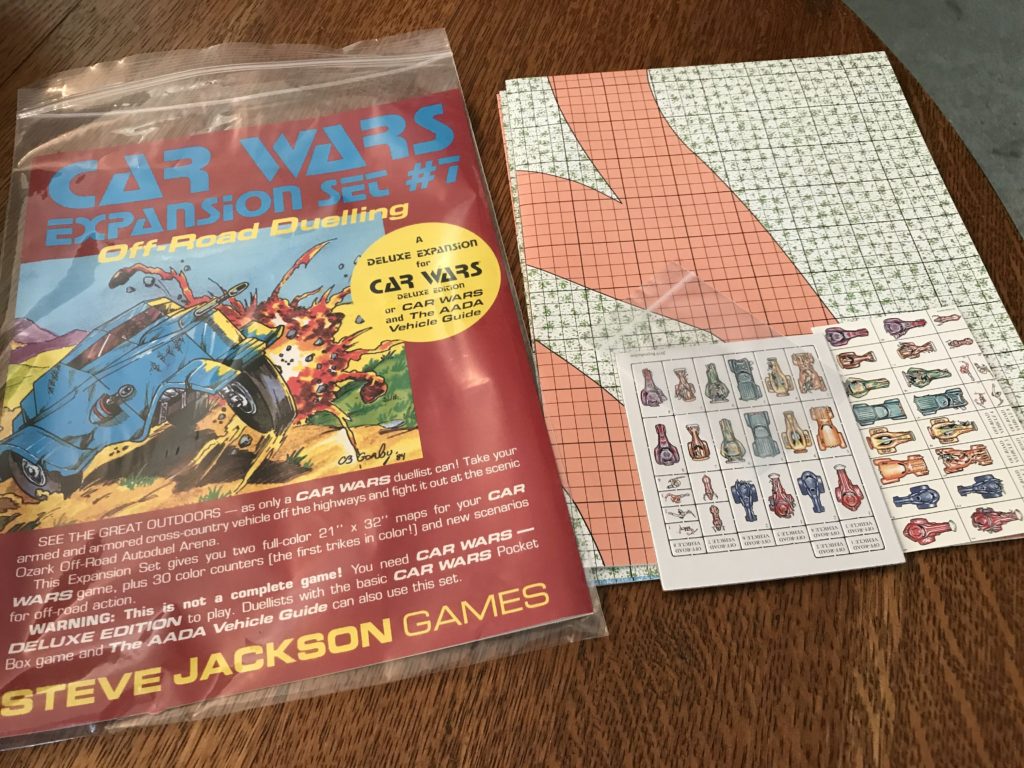
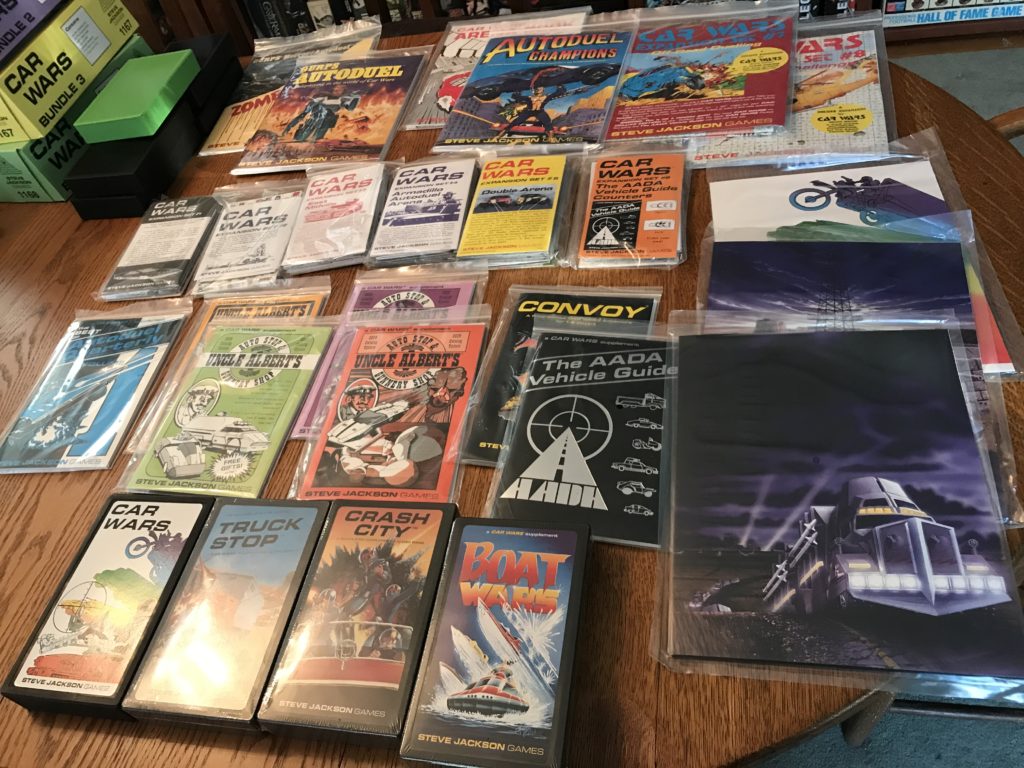
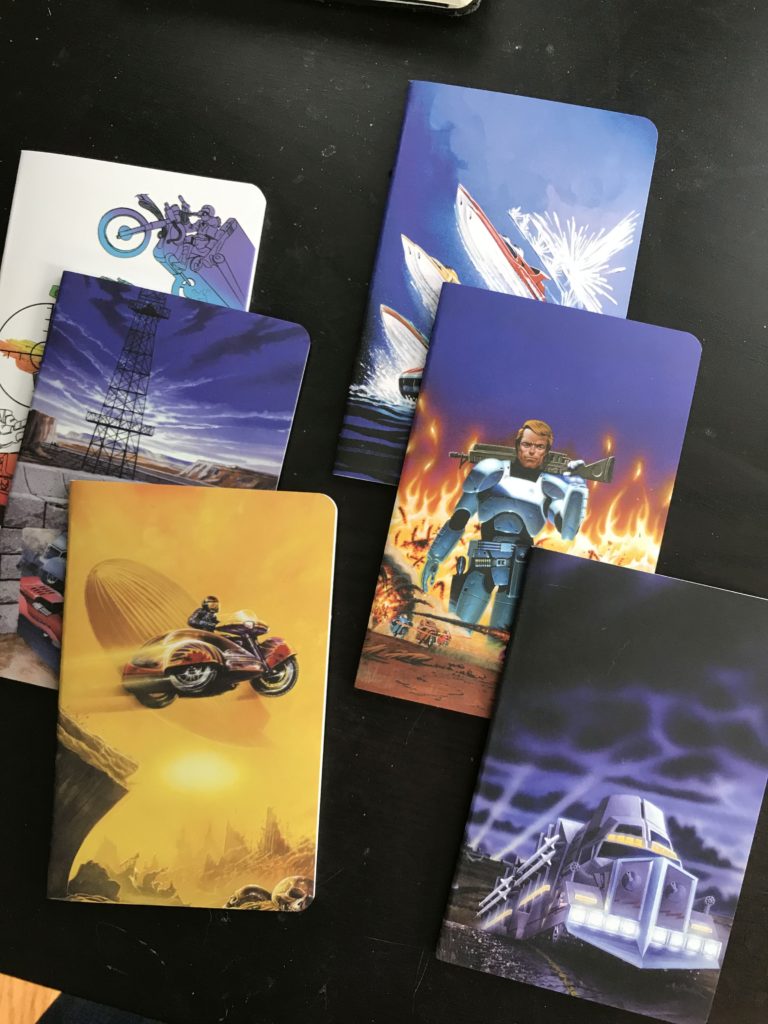
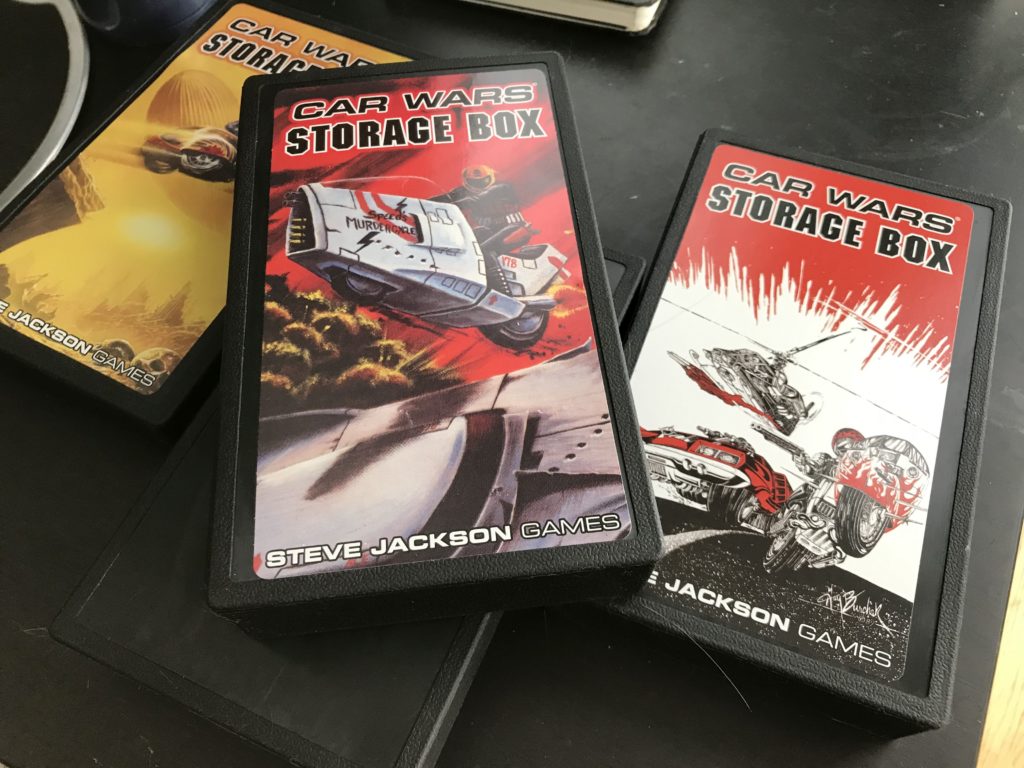

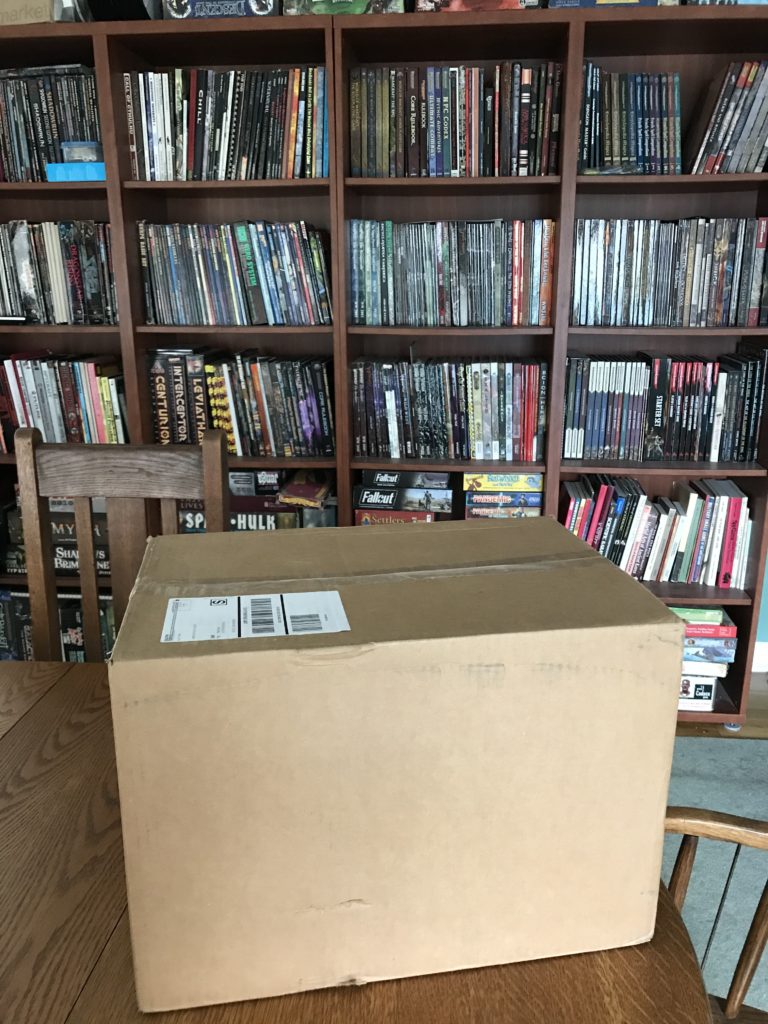
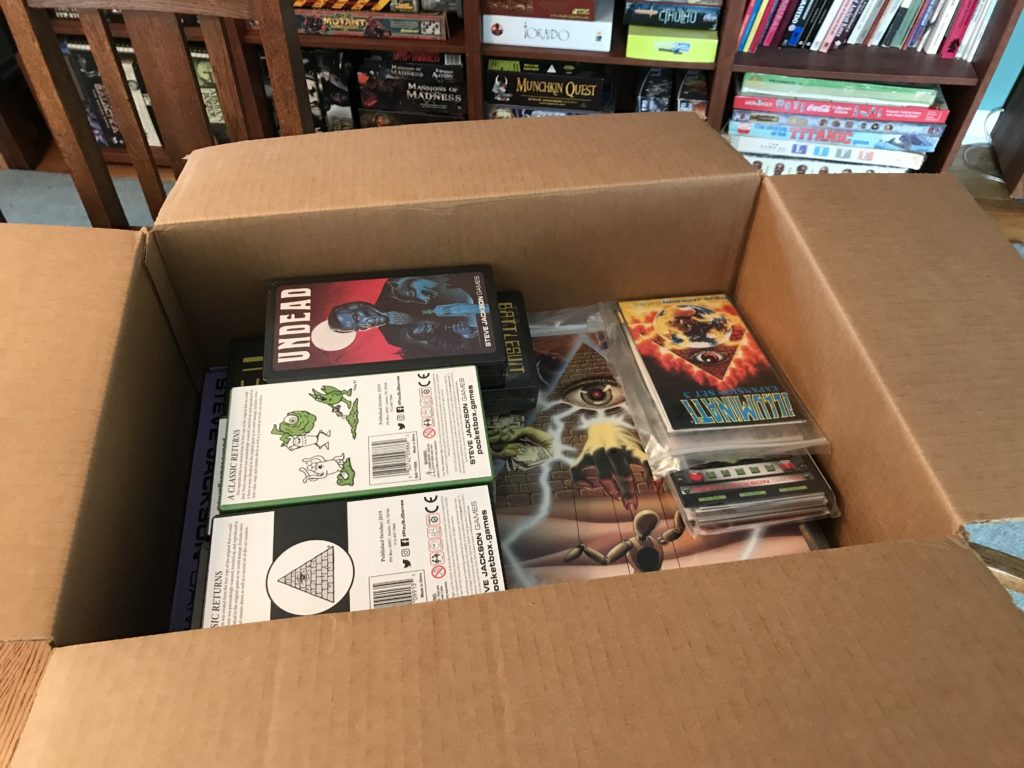
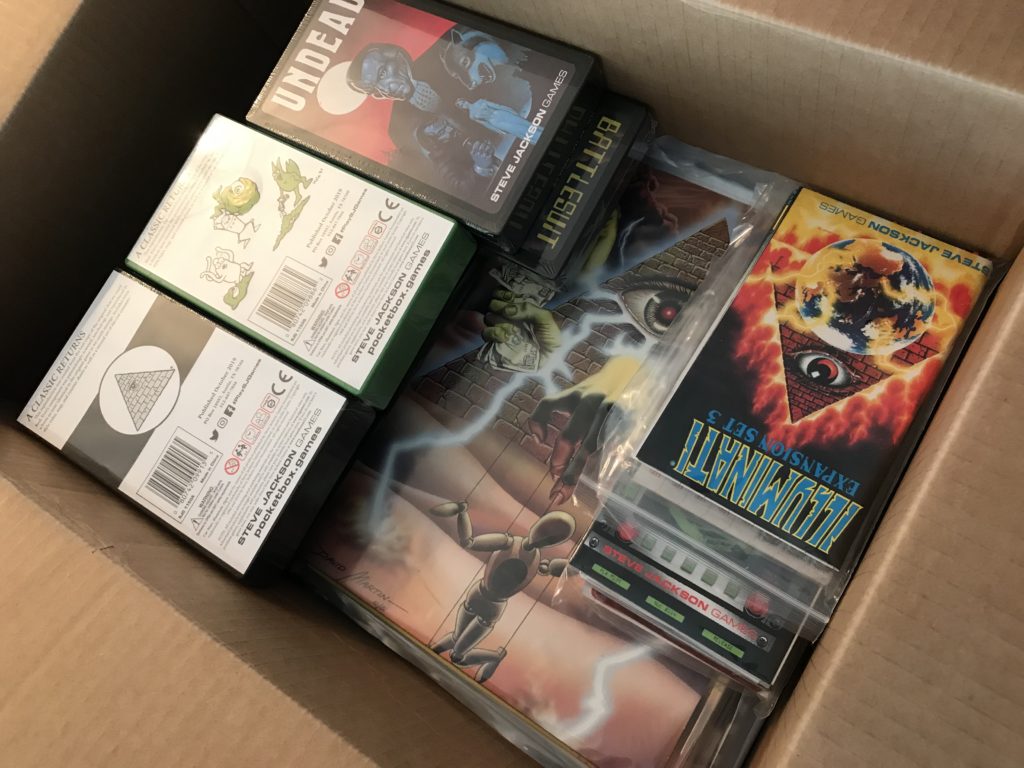
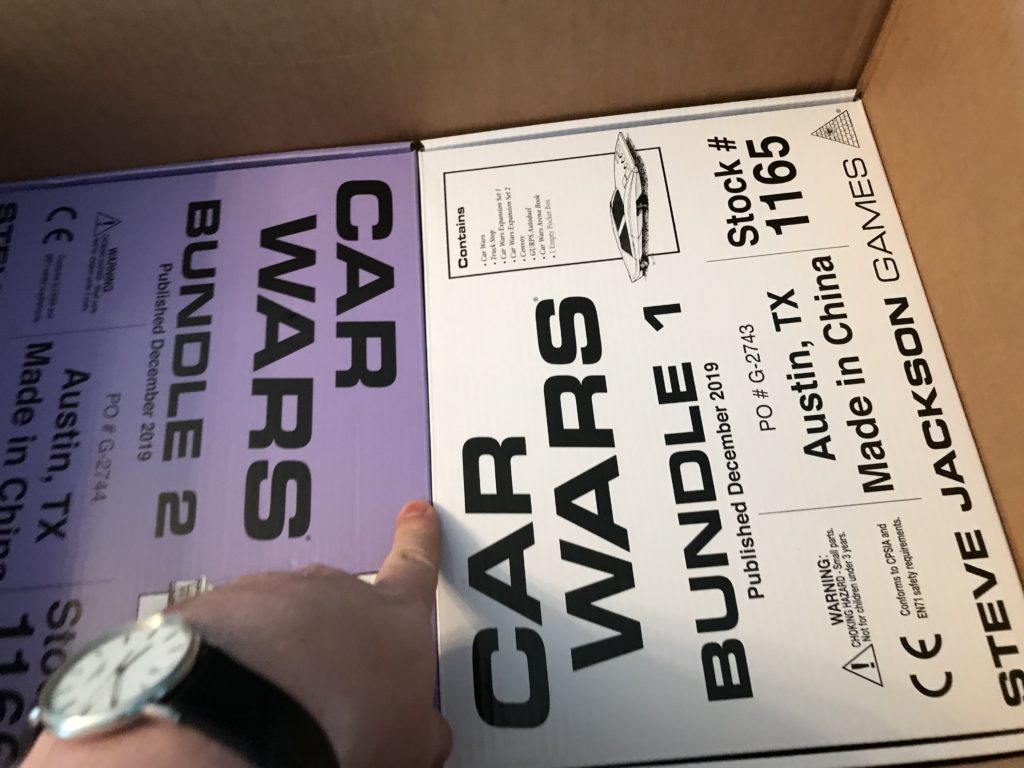
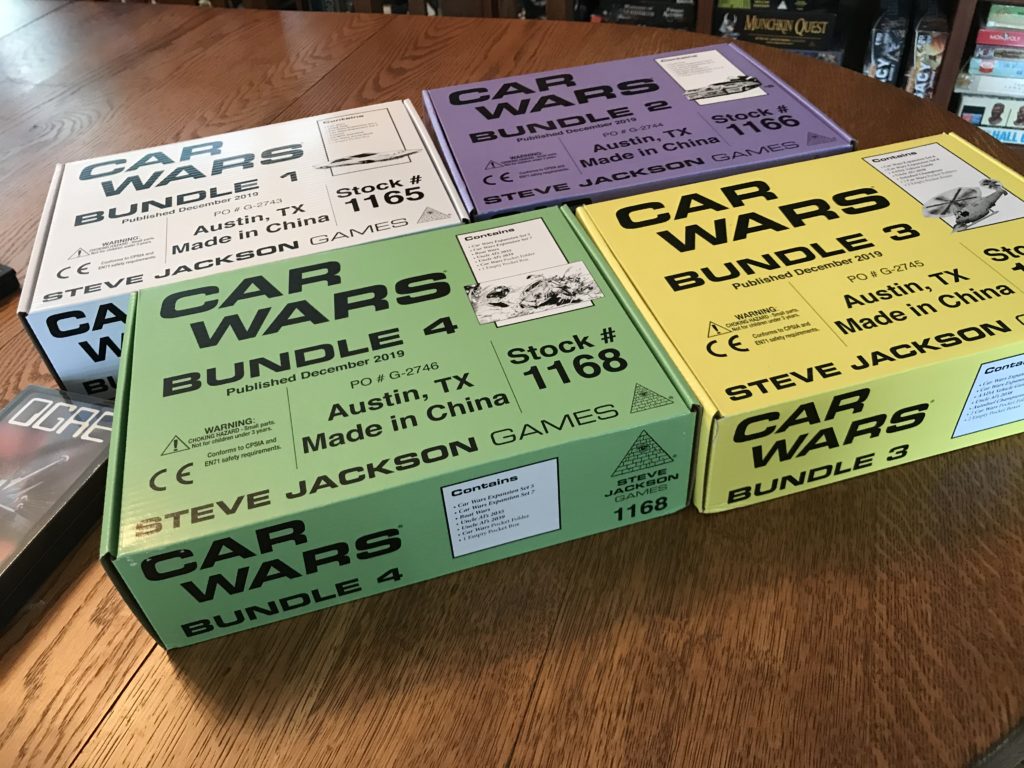
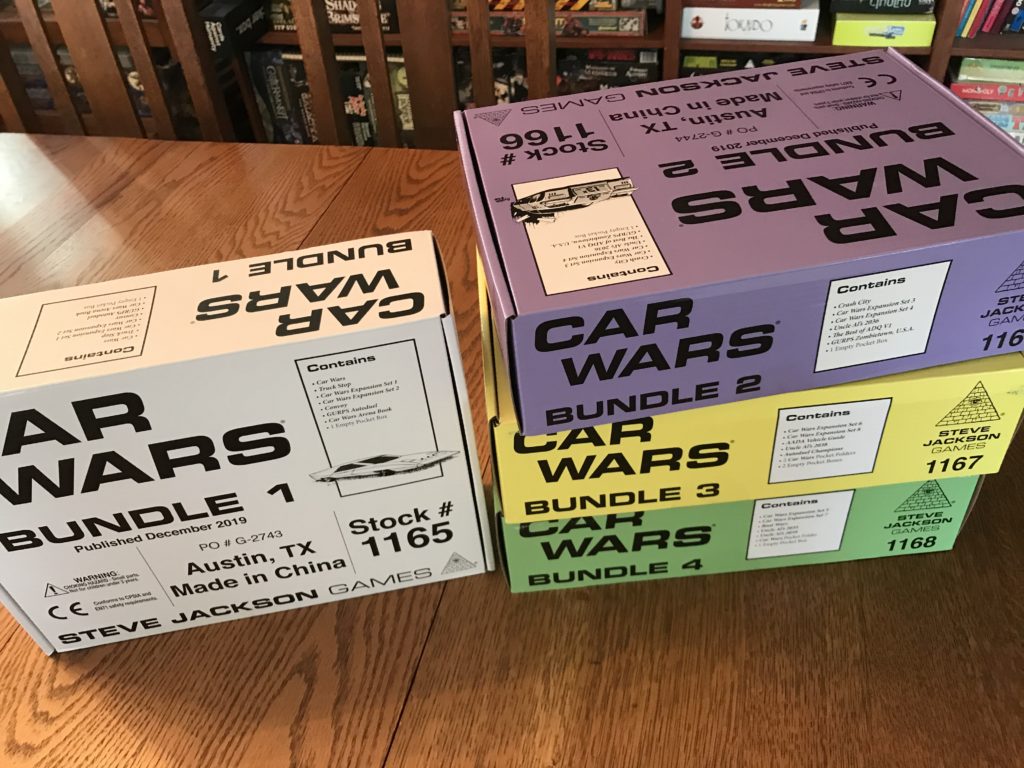
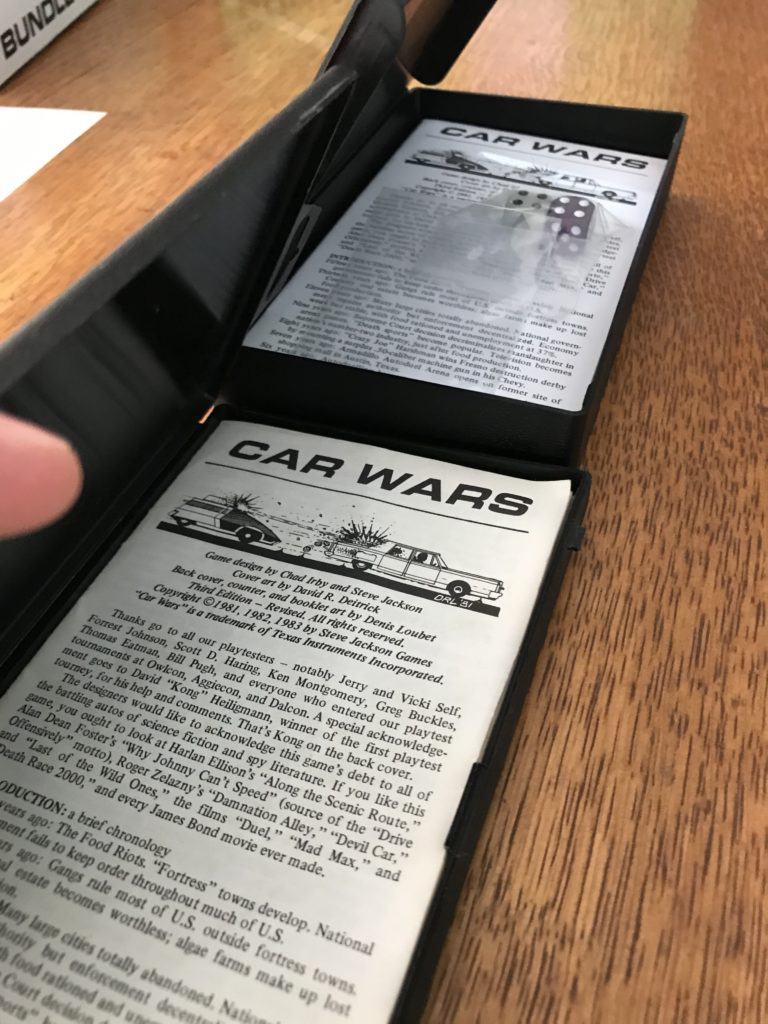
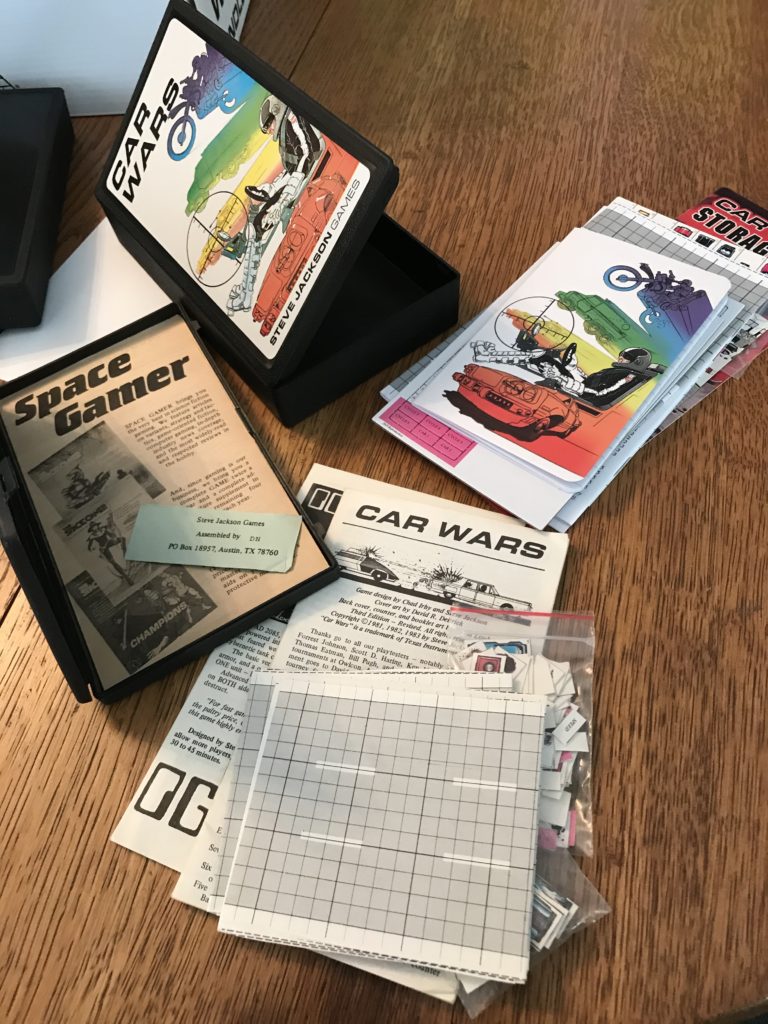
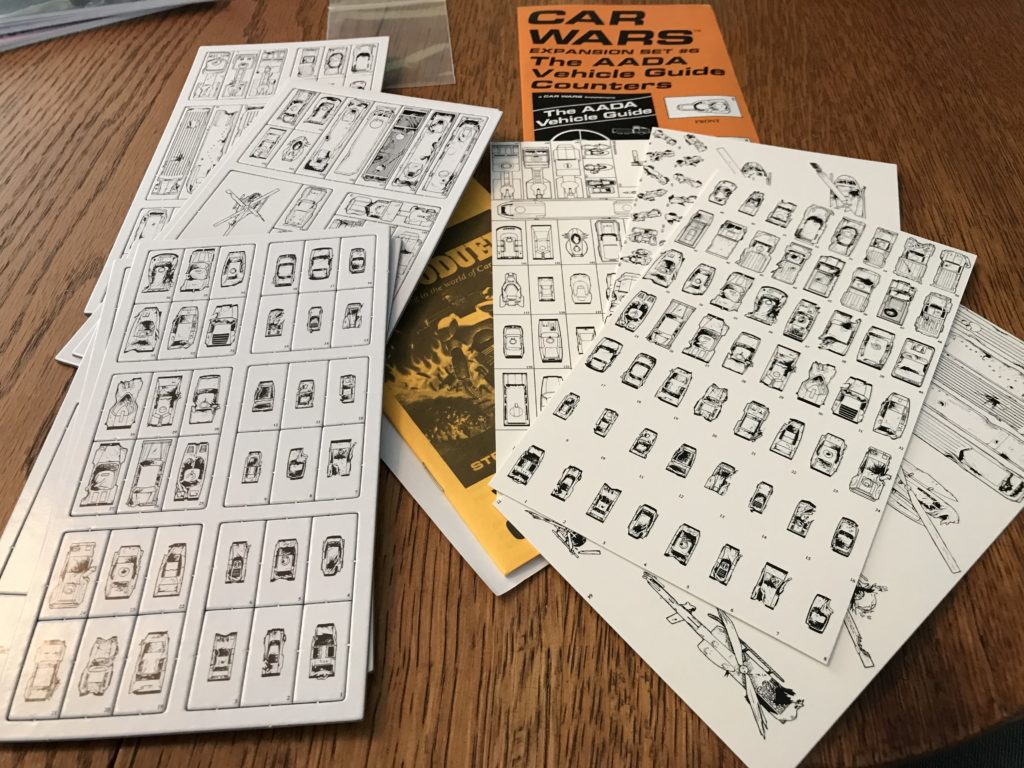
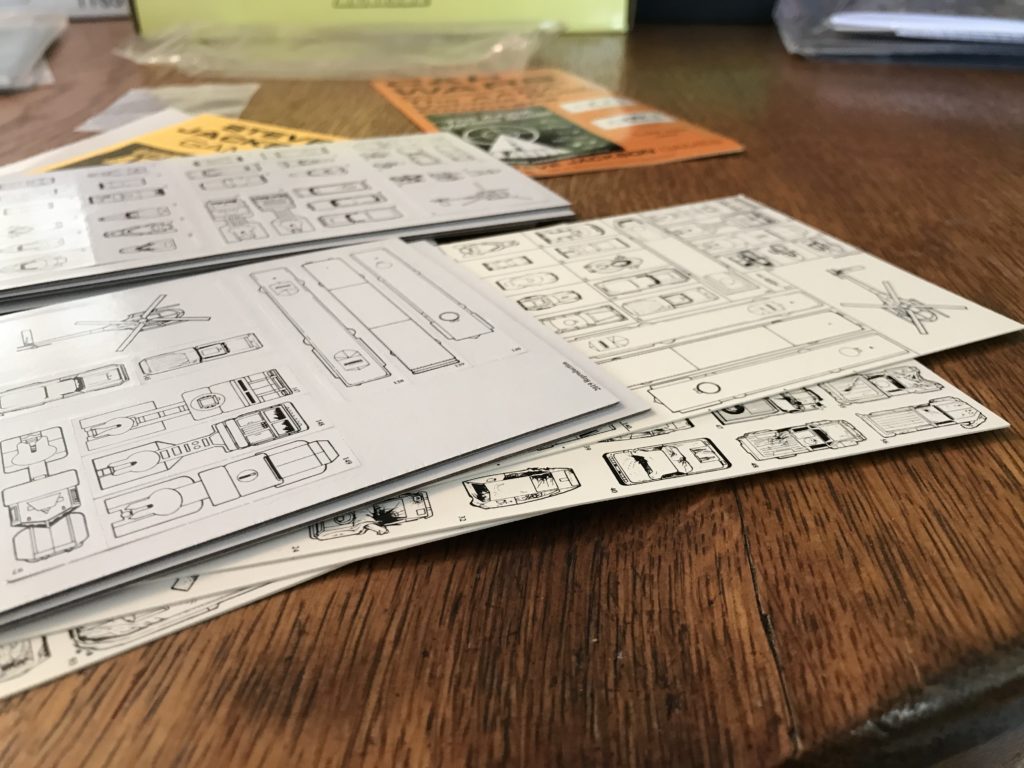
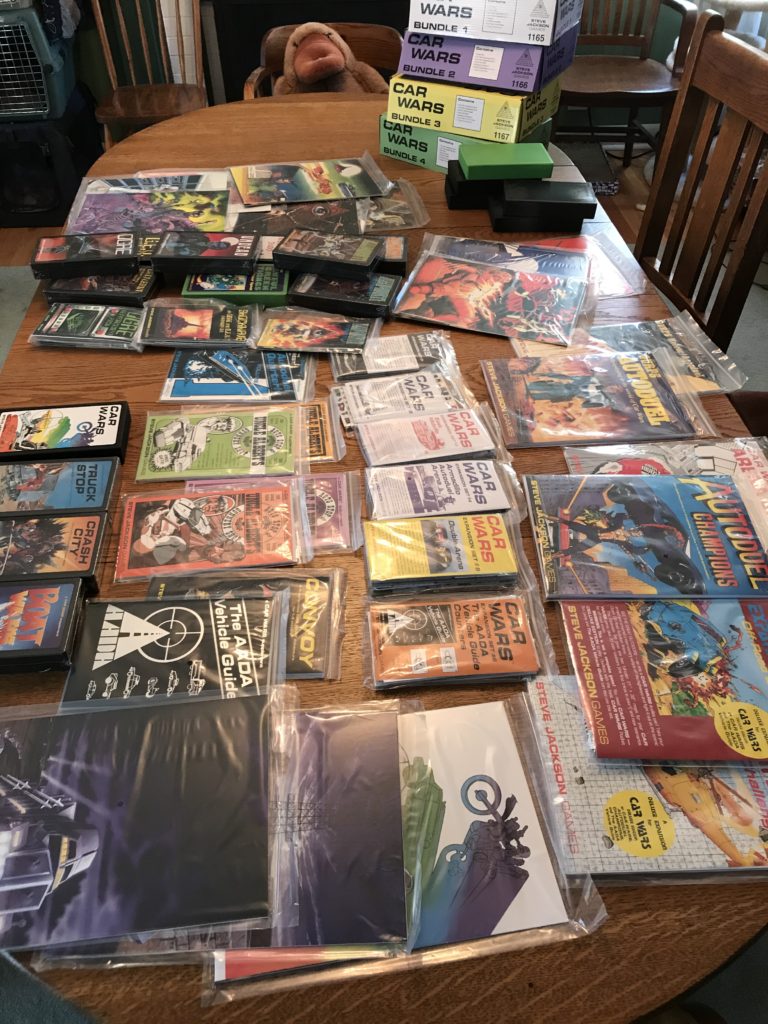
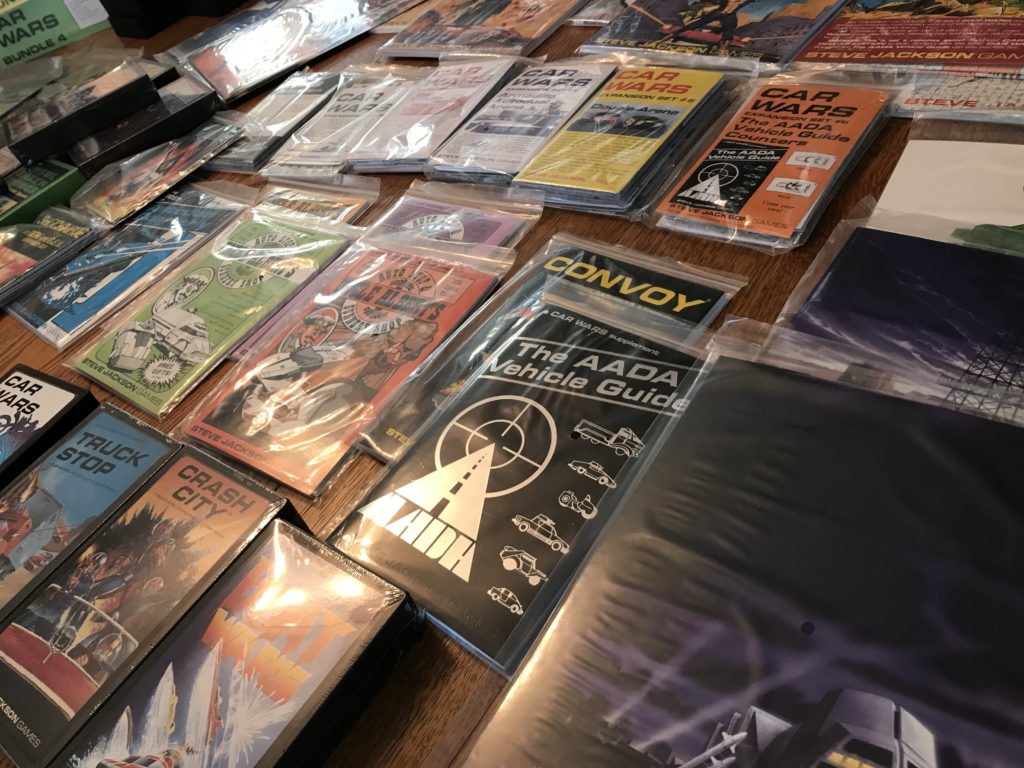
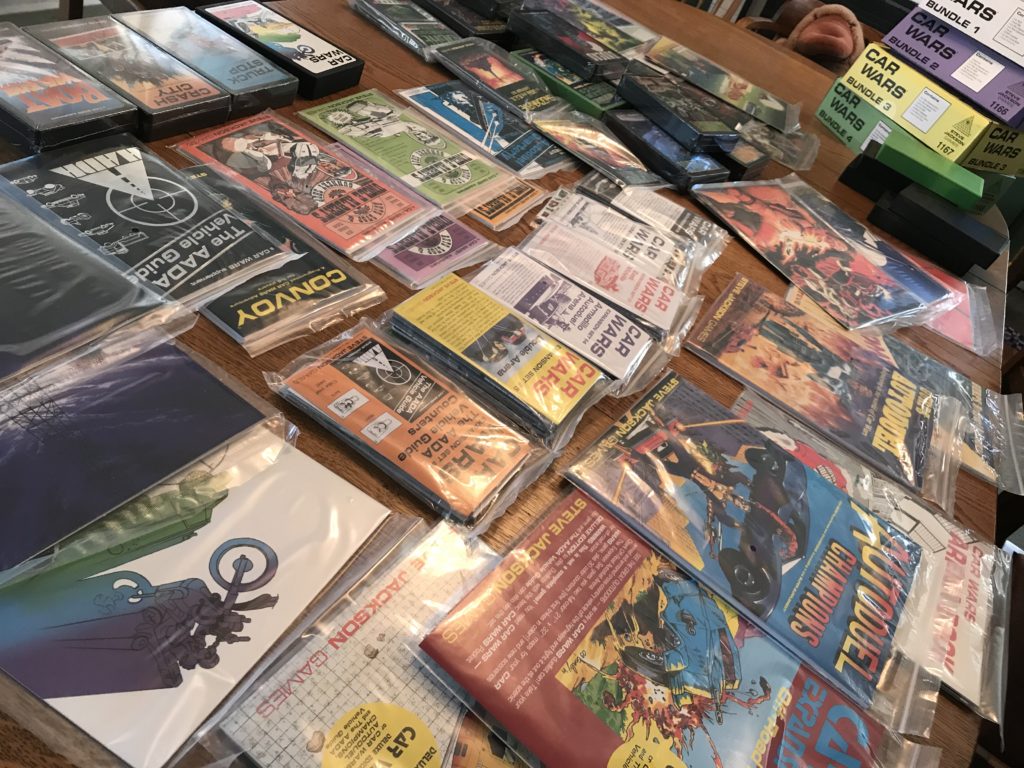
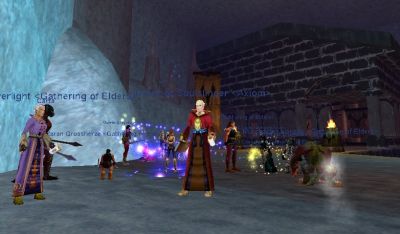 Of course that was okay! They were forging new territory… While Ultima Online was the first large-scale success in the online space, with Everquest it got even more widely-accepted… and new gamers were still enamored with this persistent multiplayer combat-and-socialization model and discovering what they enjoyed doing. If people found, say, staking their virtual claim on a small collection of huts, systematically killing every orc that appeared there to be effective (that is,Â
Of course that was okay! They were forging new territory… While Ultima Online was the first large-scale success in the online space, with Everquest it got even more widely-accepted… and new gamers were still enamored with this persistent multiplayer combat-and-socialization model and discovering what they enjoyed doing. If people found, say, staking their virtual claim on a small collection of huts, systematically killing every orc that appeared there to be effective (that is,  My wife and I entered the wayback machine this past weekend… After a six-year hiatus we cracked open our dusty copies of Everquest and had fun playing it for the afternoon. Yeah, not WOW, and not the bland-by-comparison
My wife and I entered the wayback machine this past weekend… After a six-year hiatus we cracked open our dusty copies of Everquest and had fun playing it for the afternoon. Yeah, not WOW, and not the bland-by-comparison 
